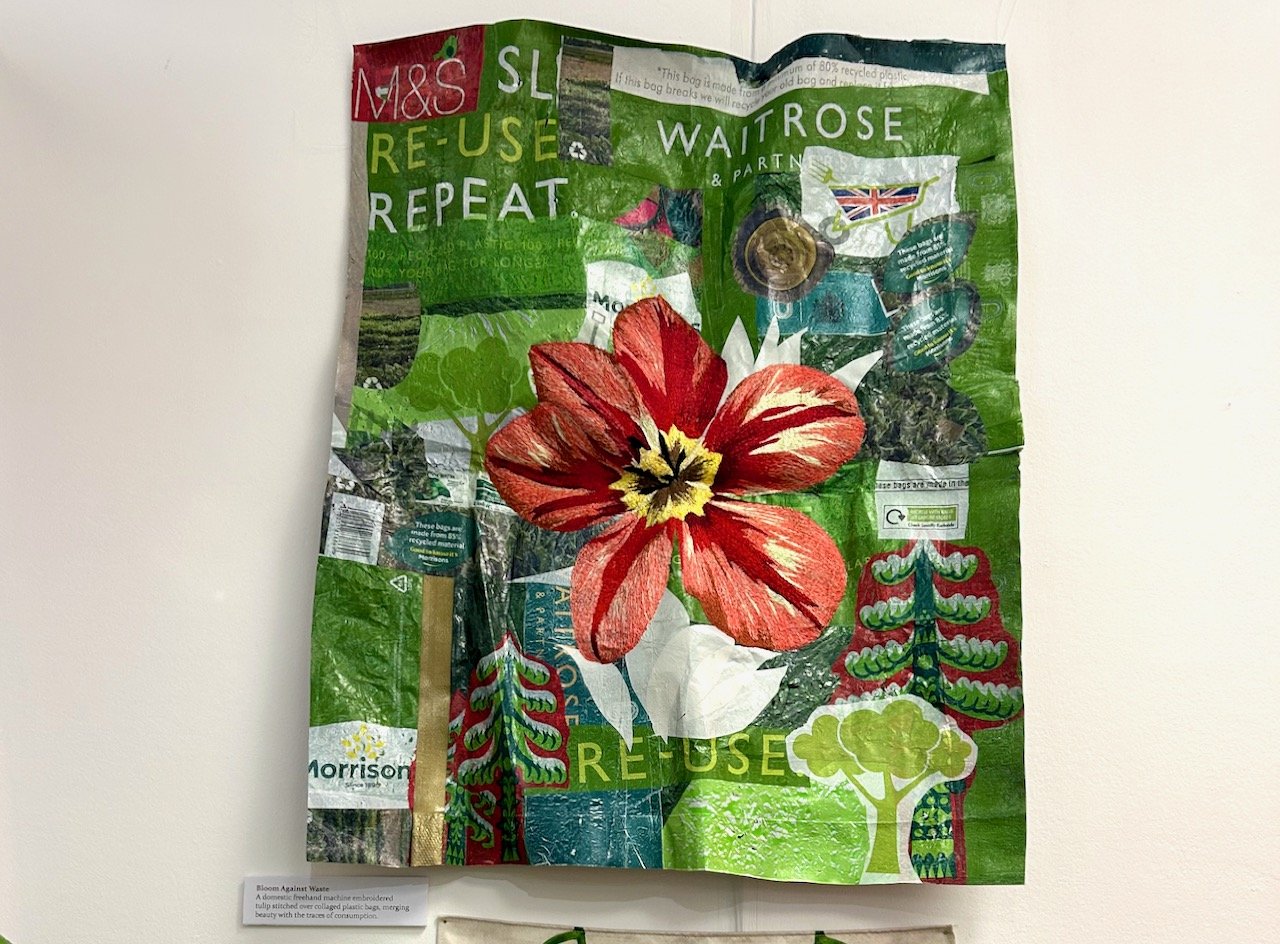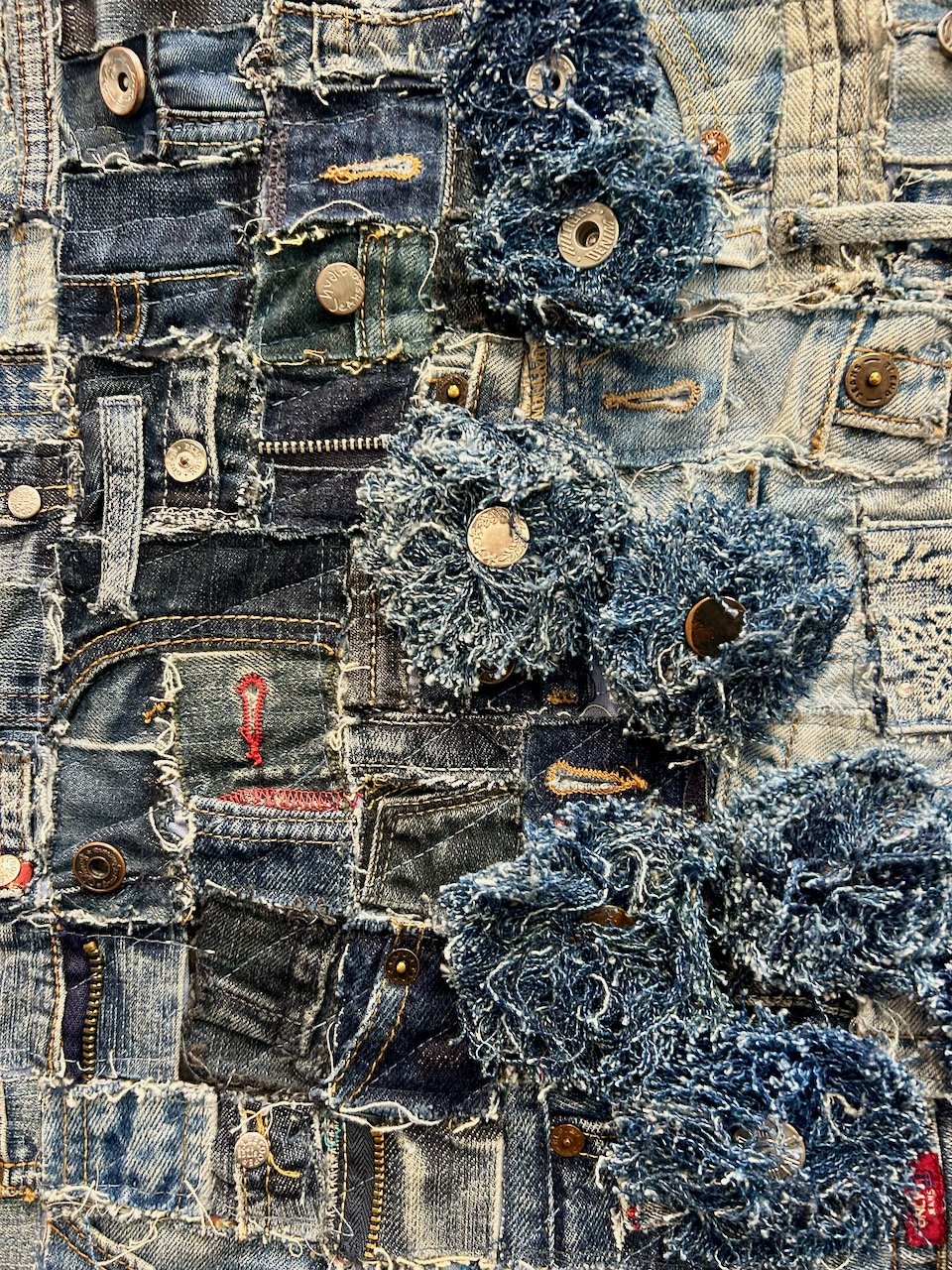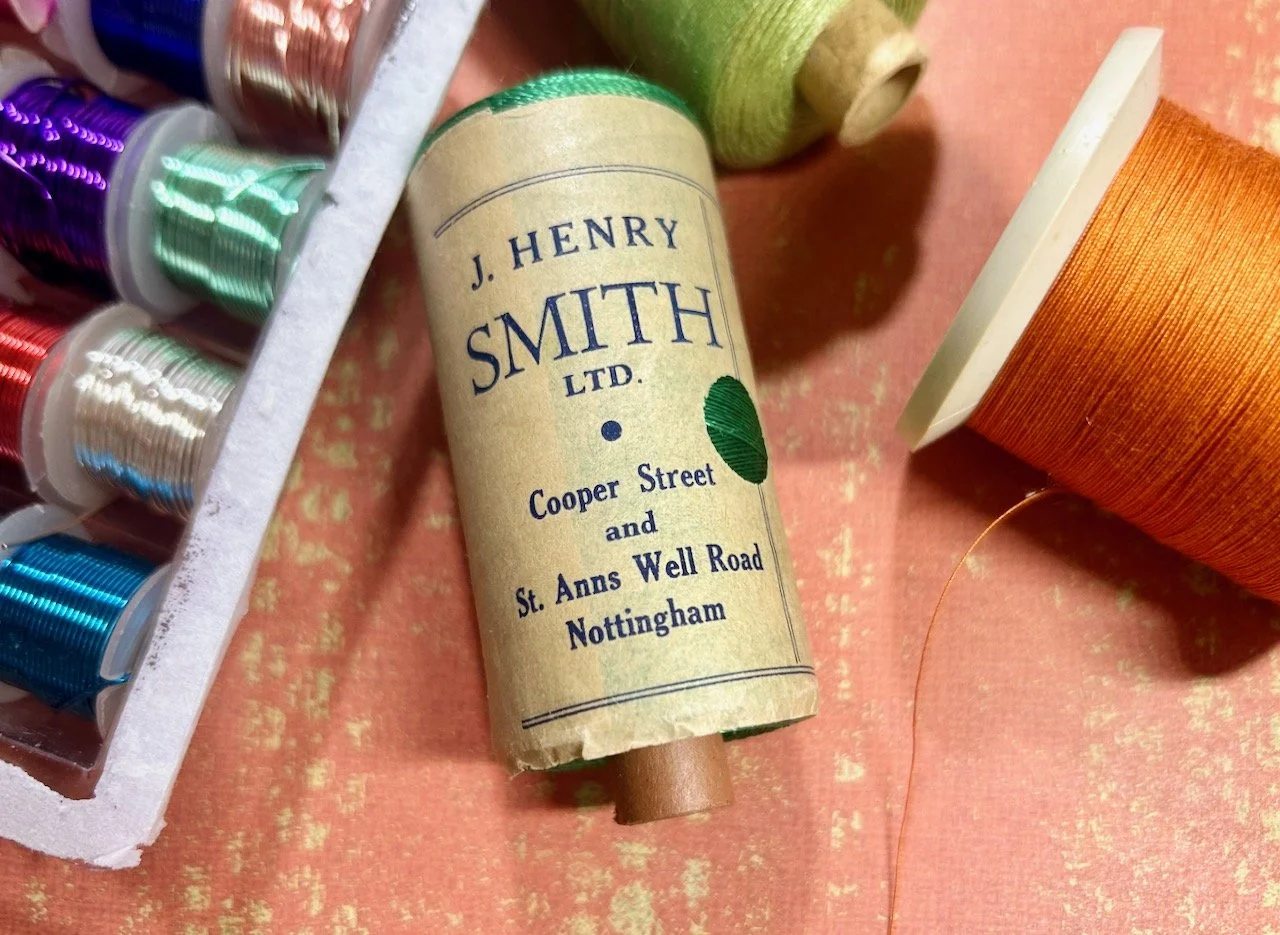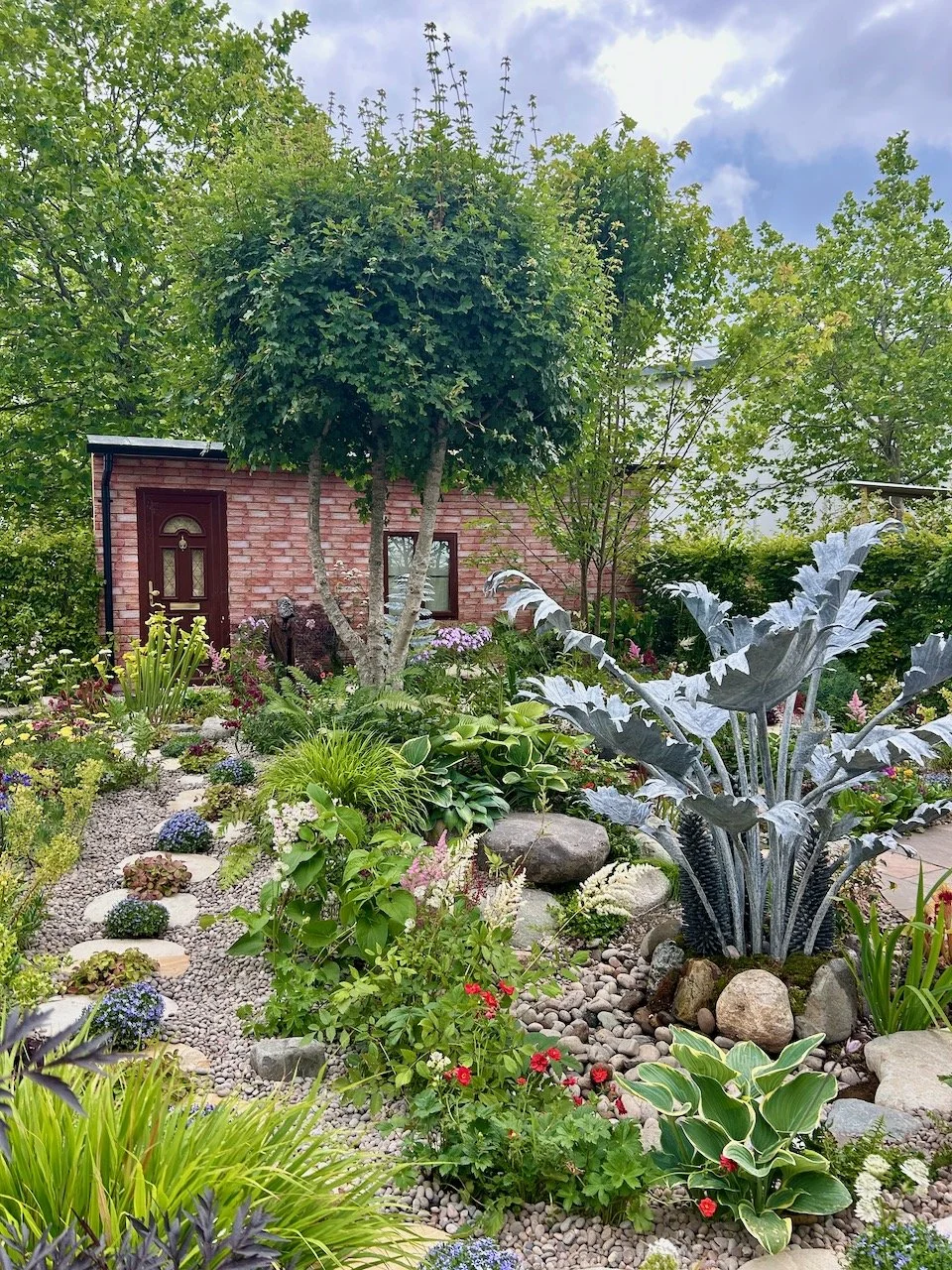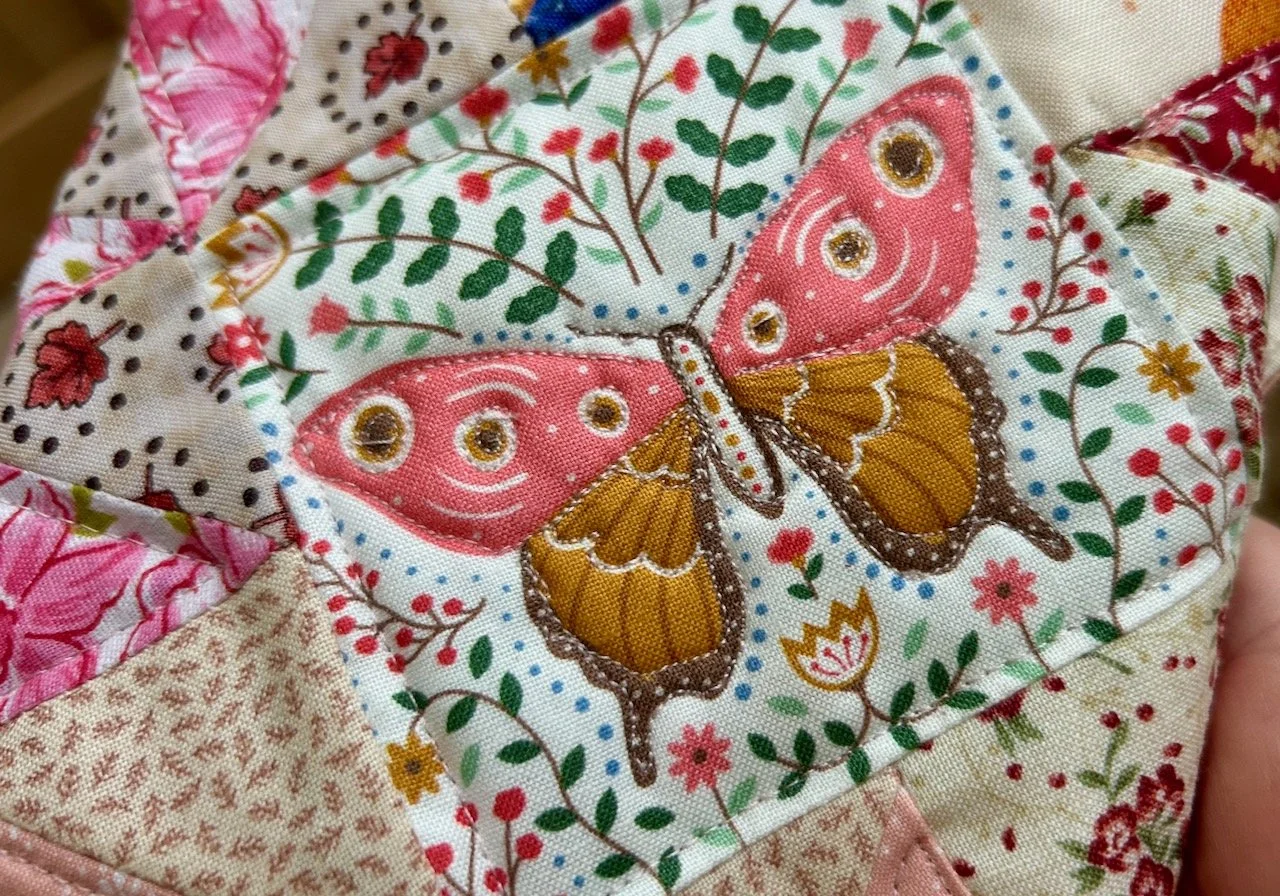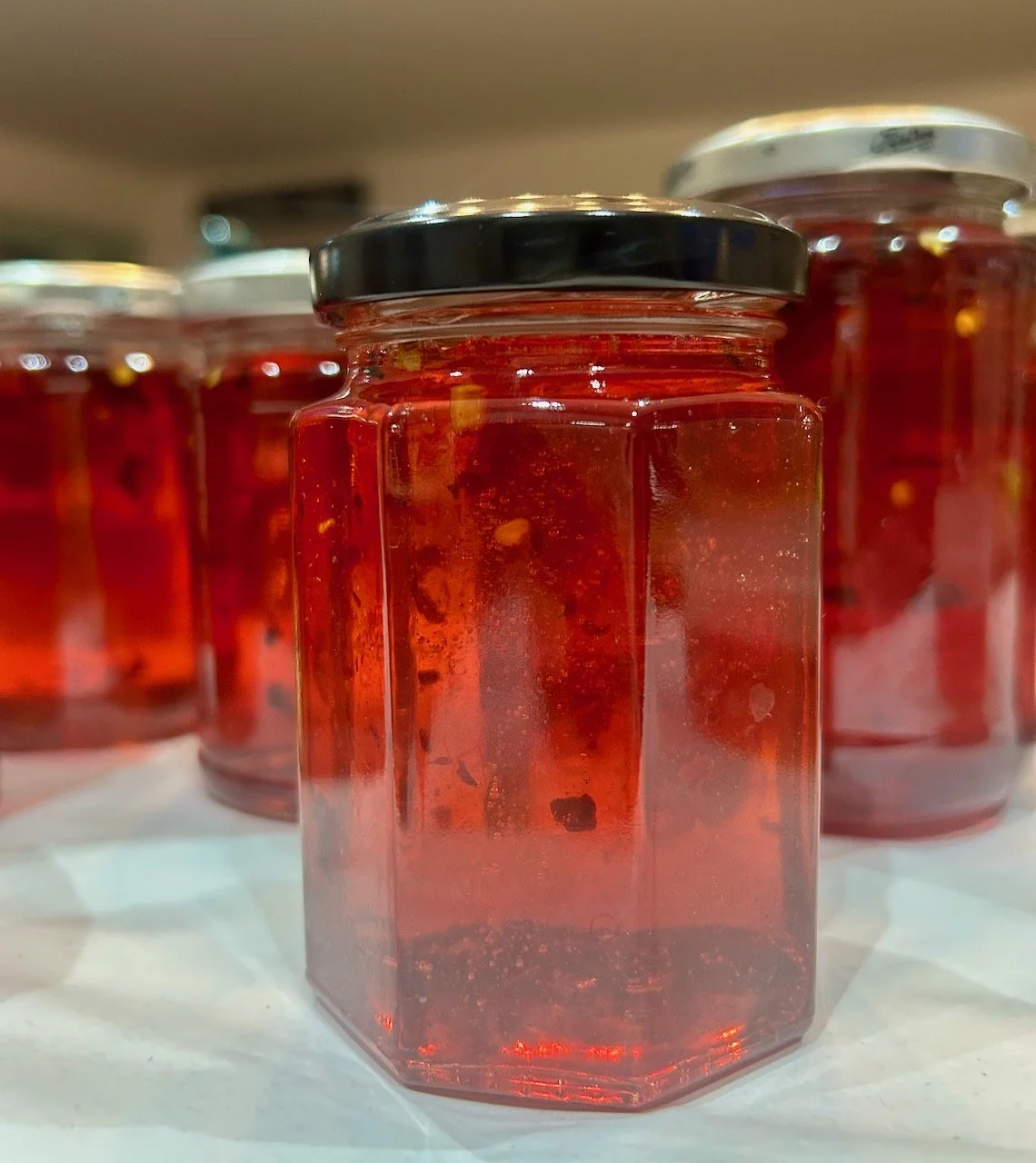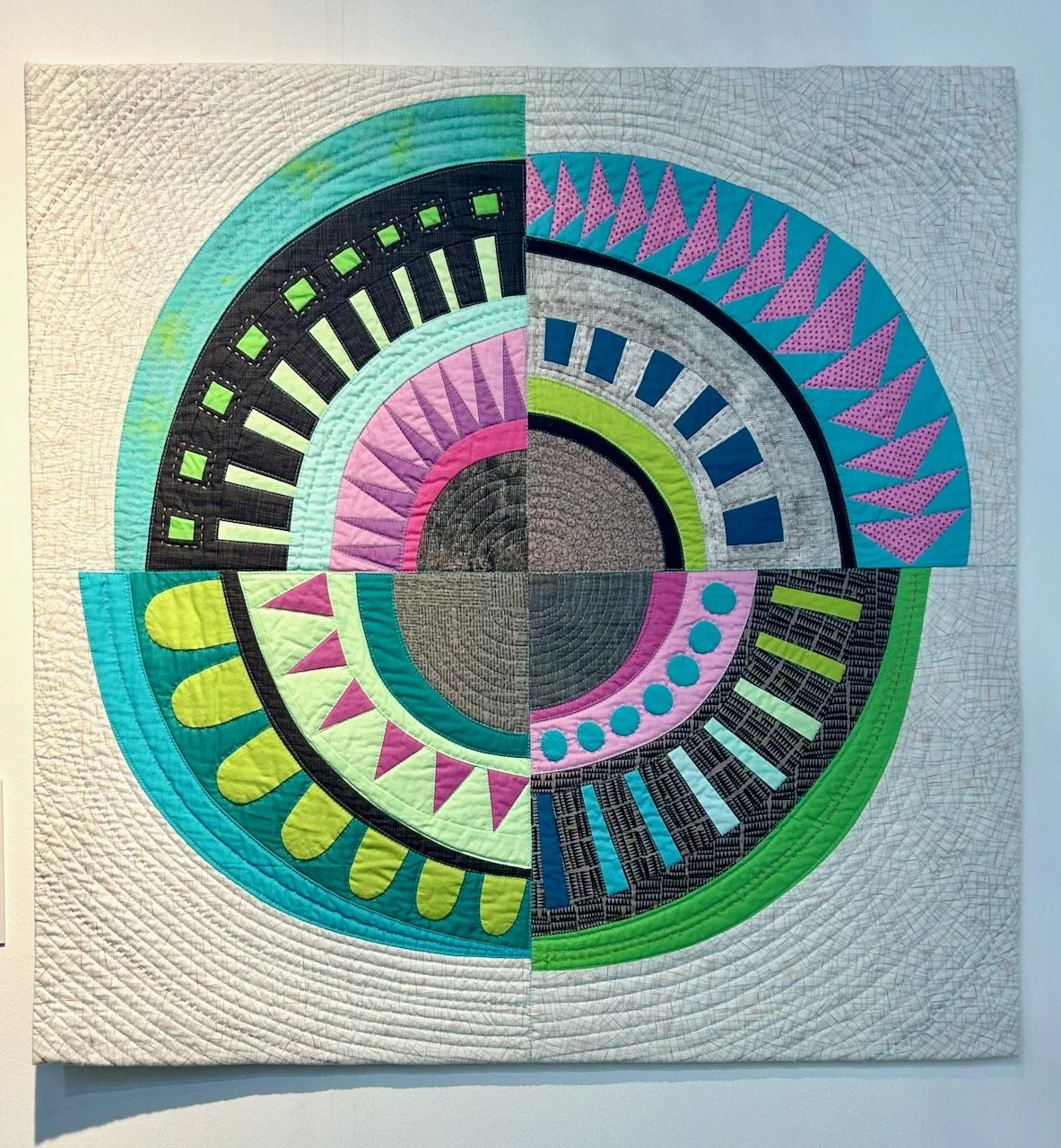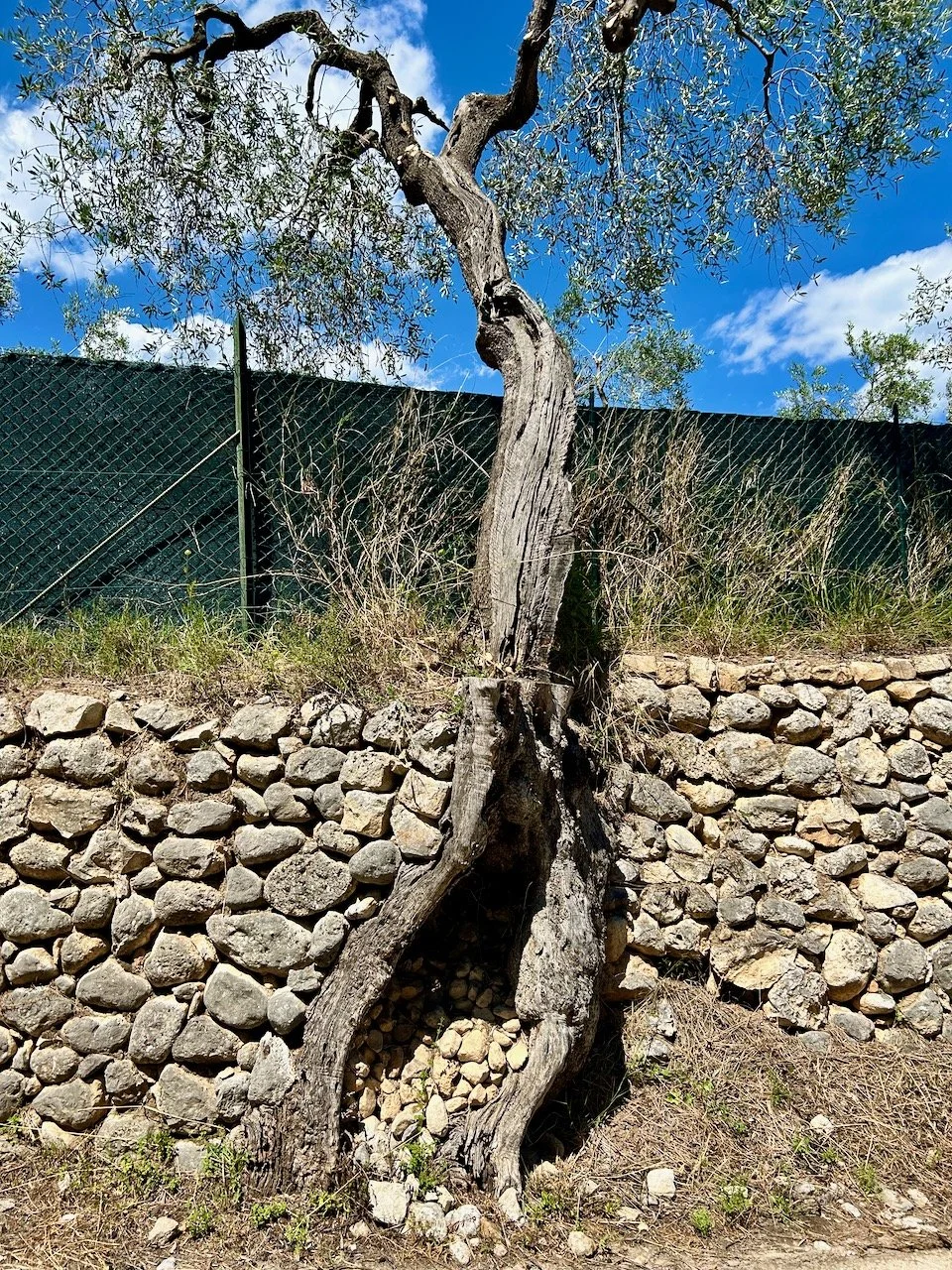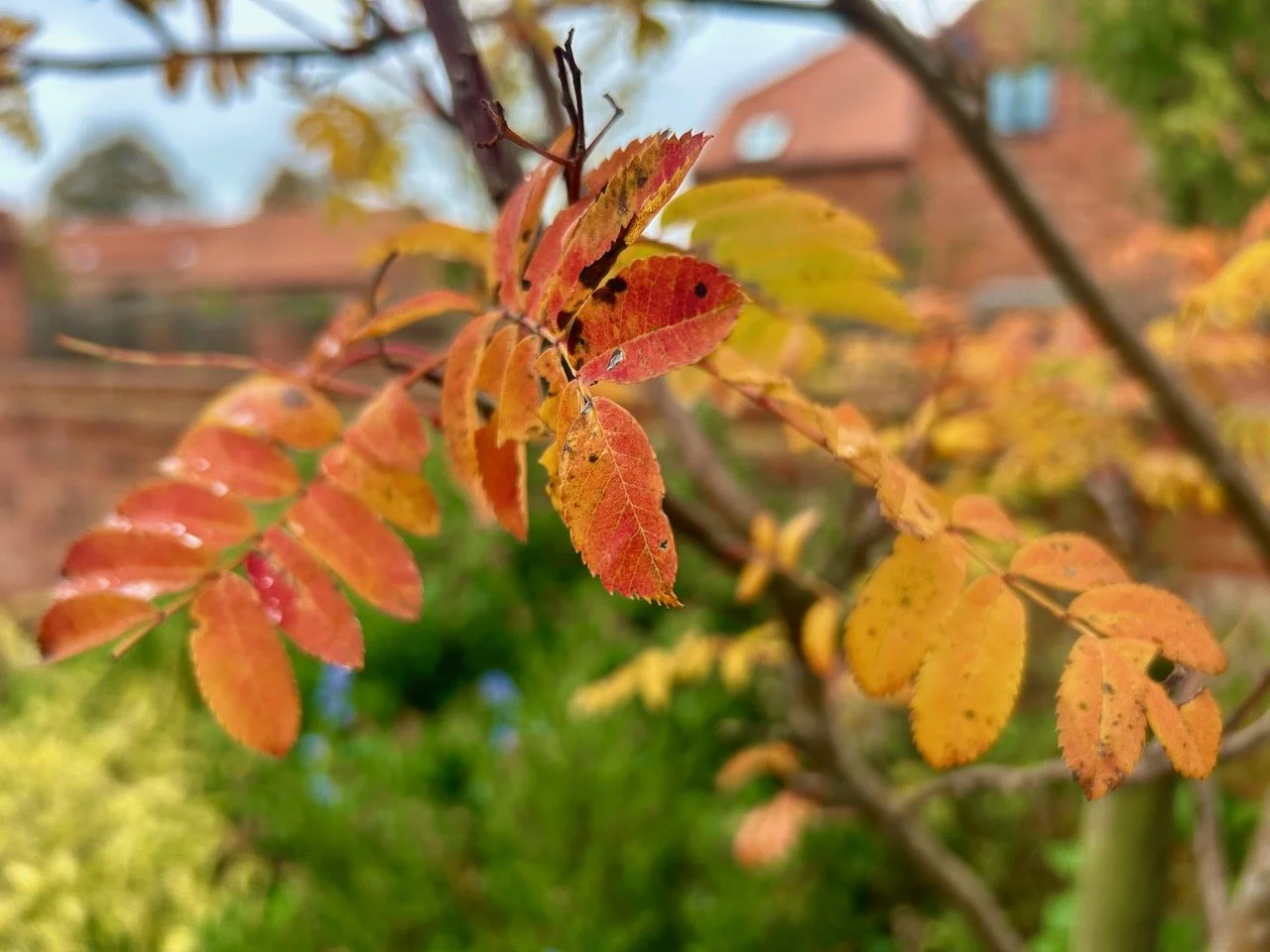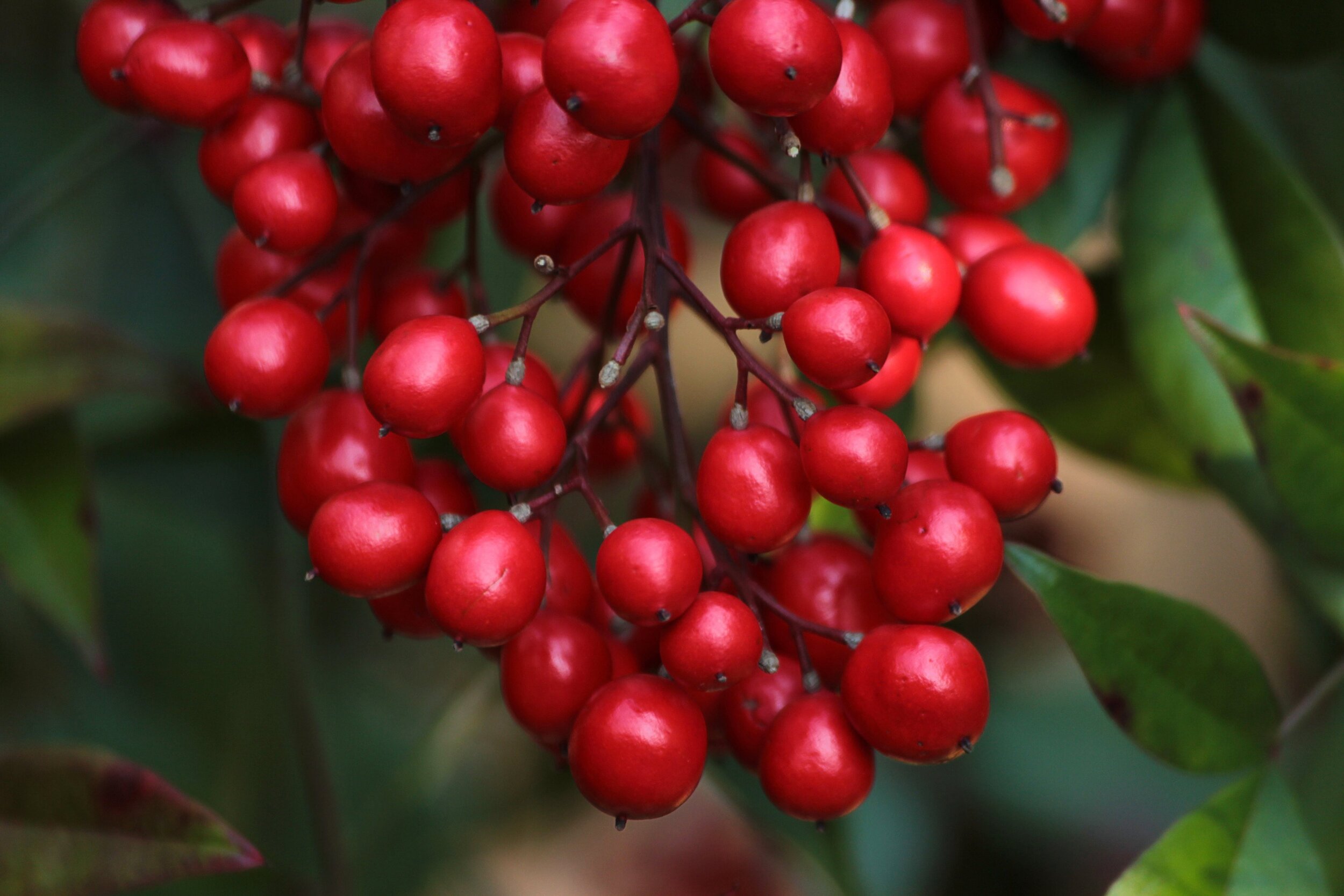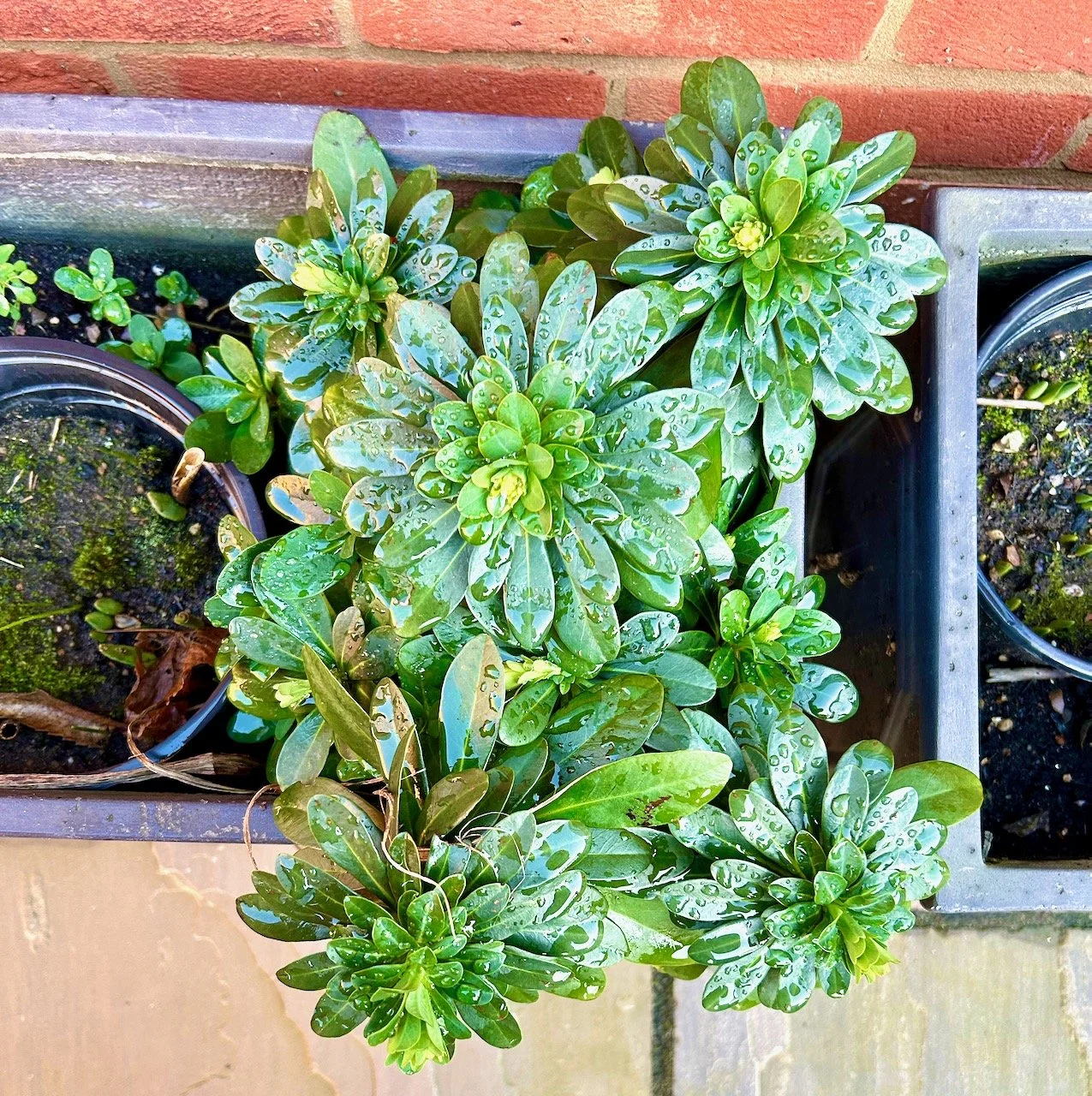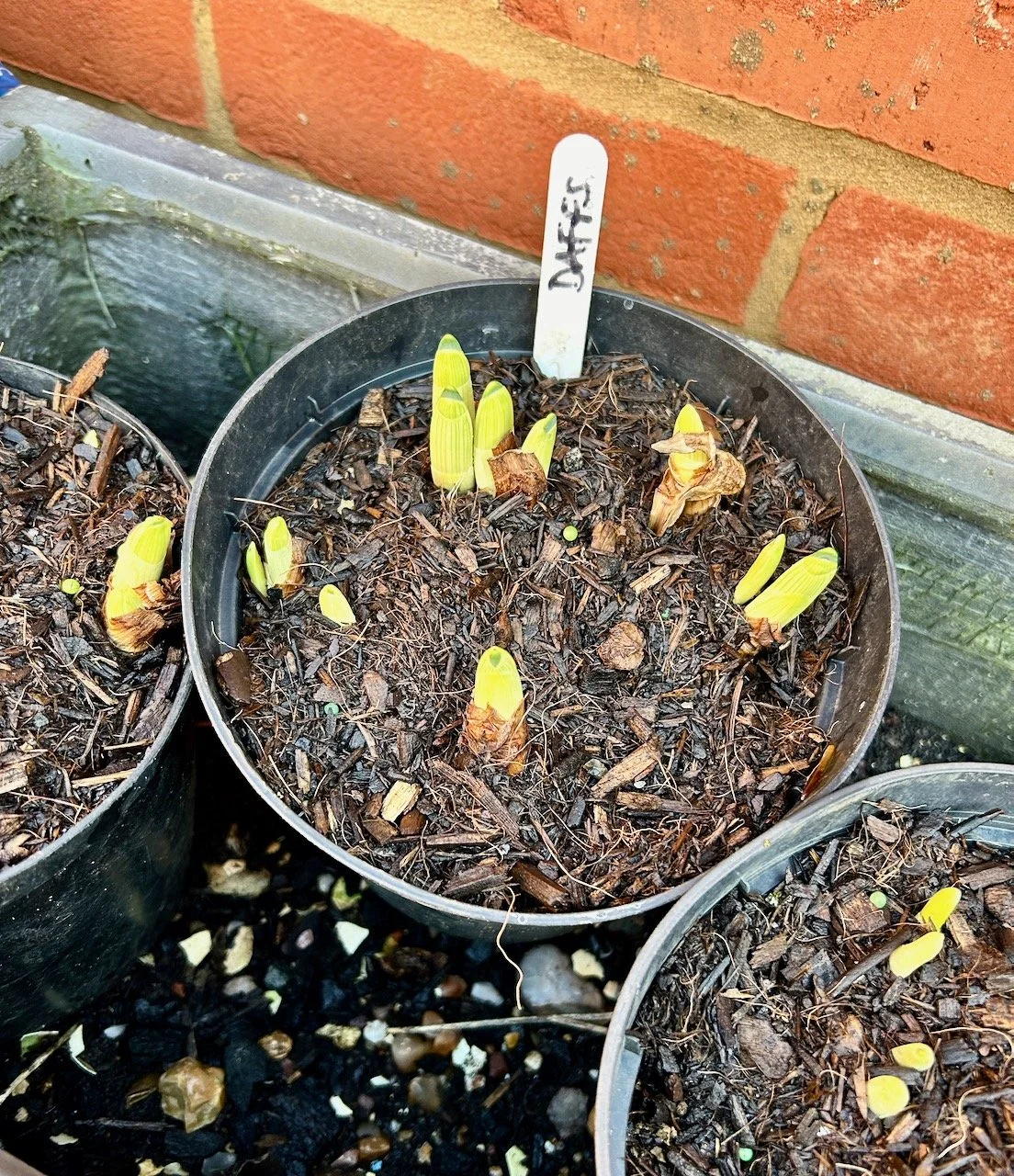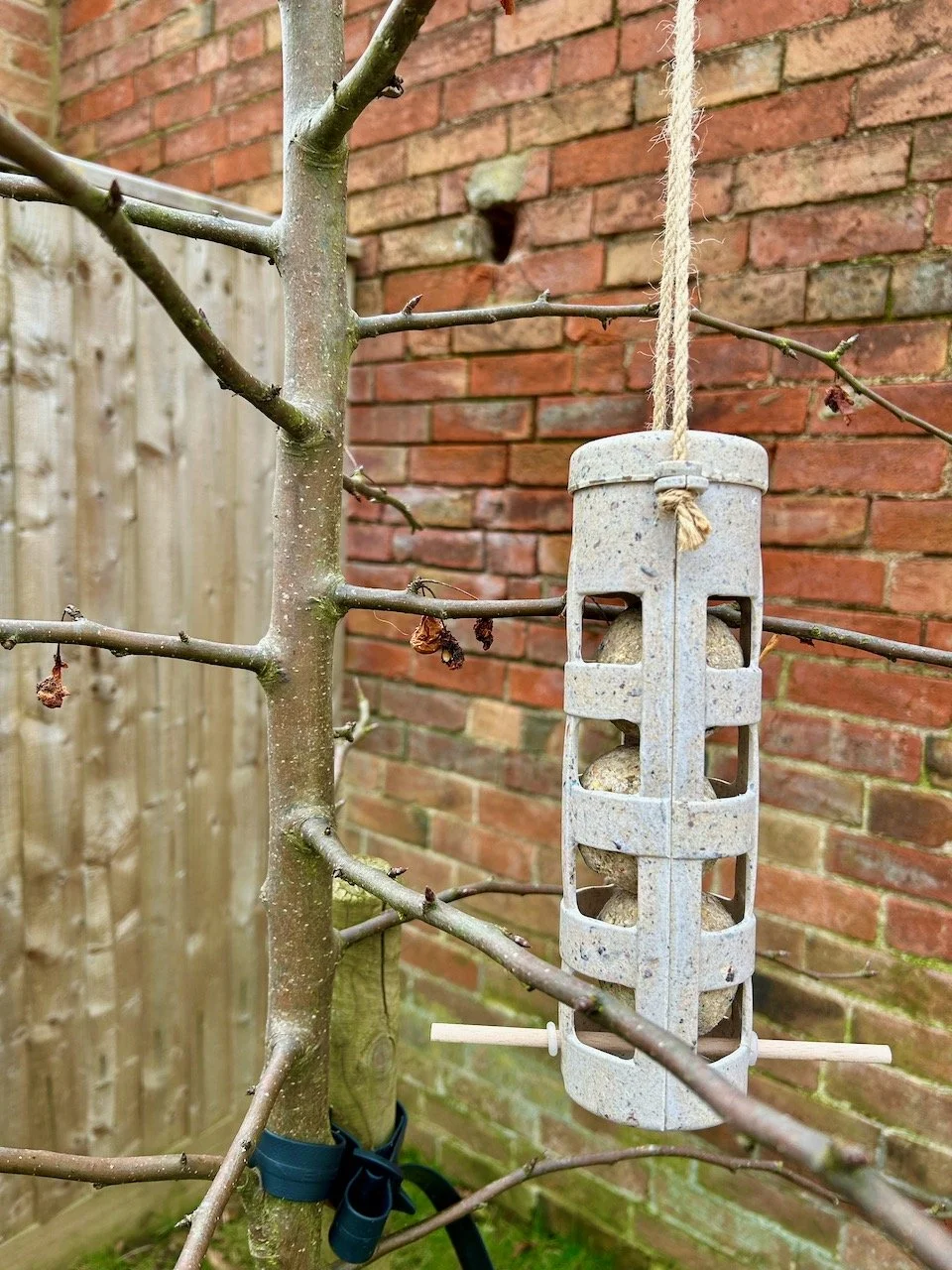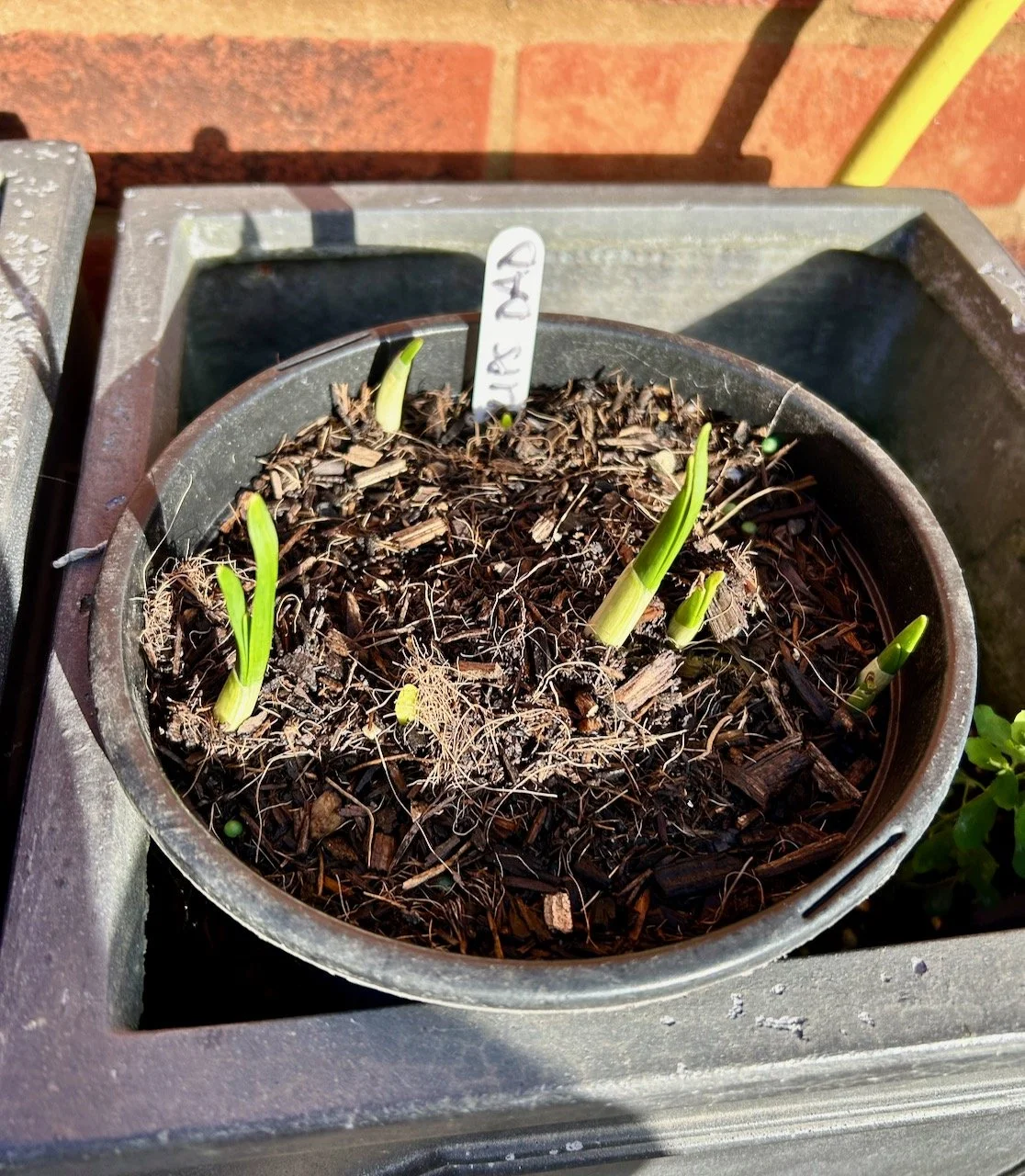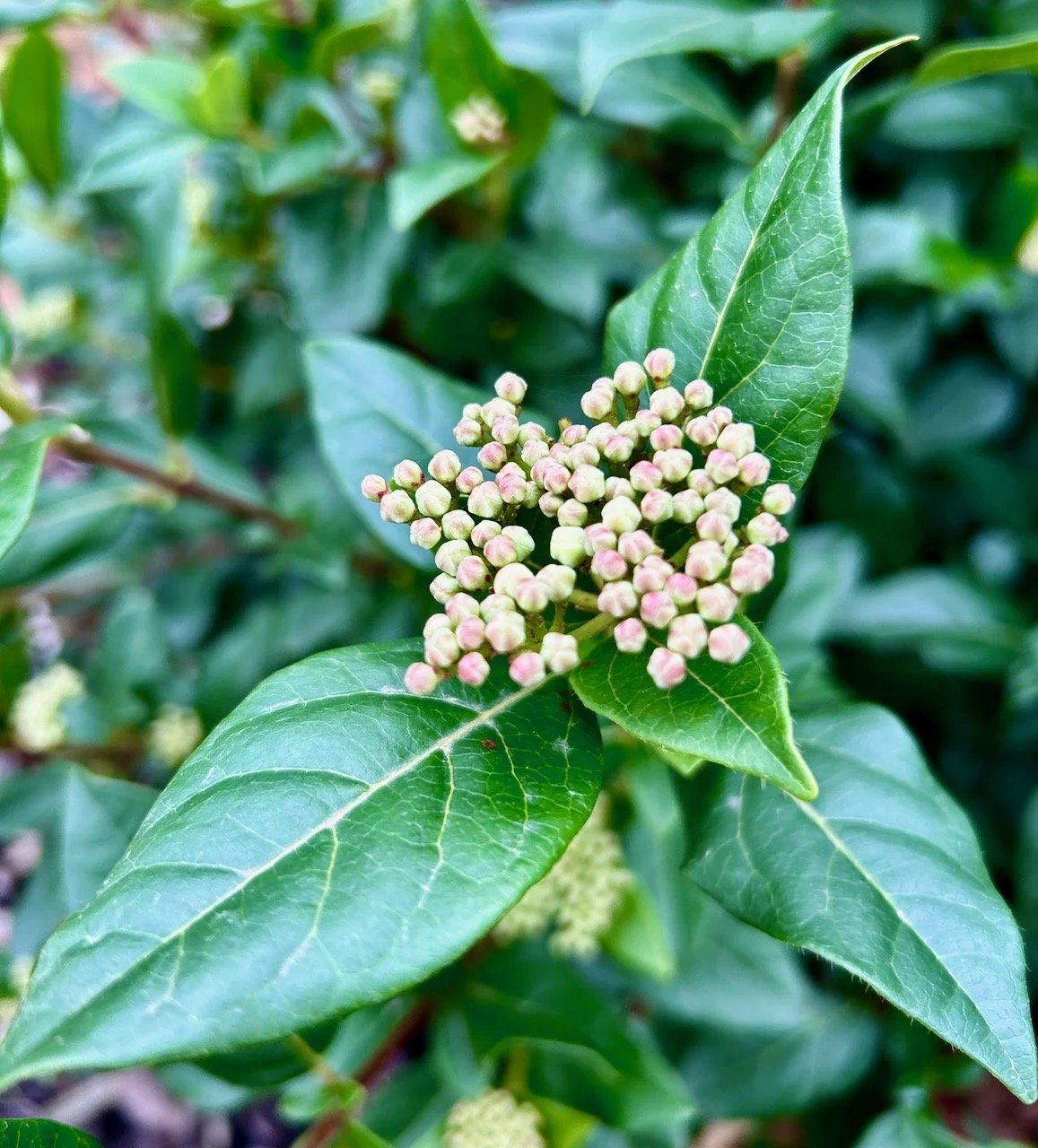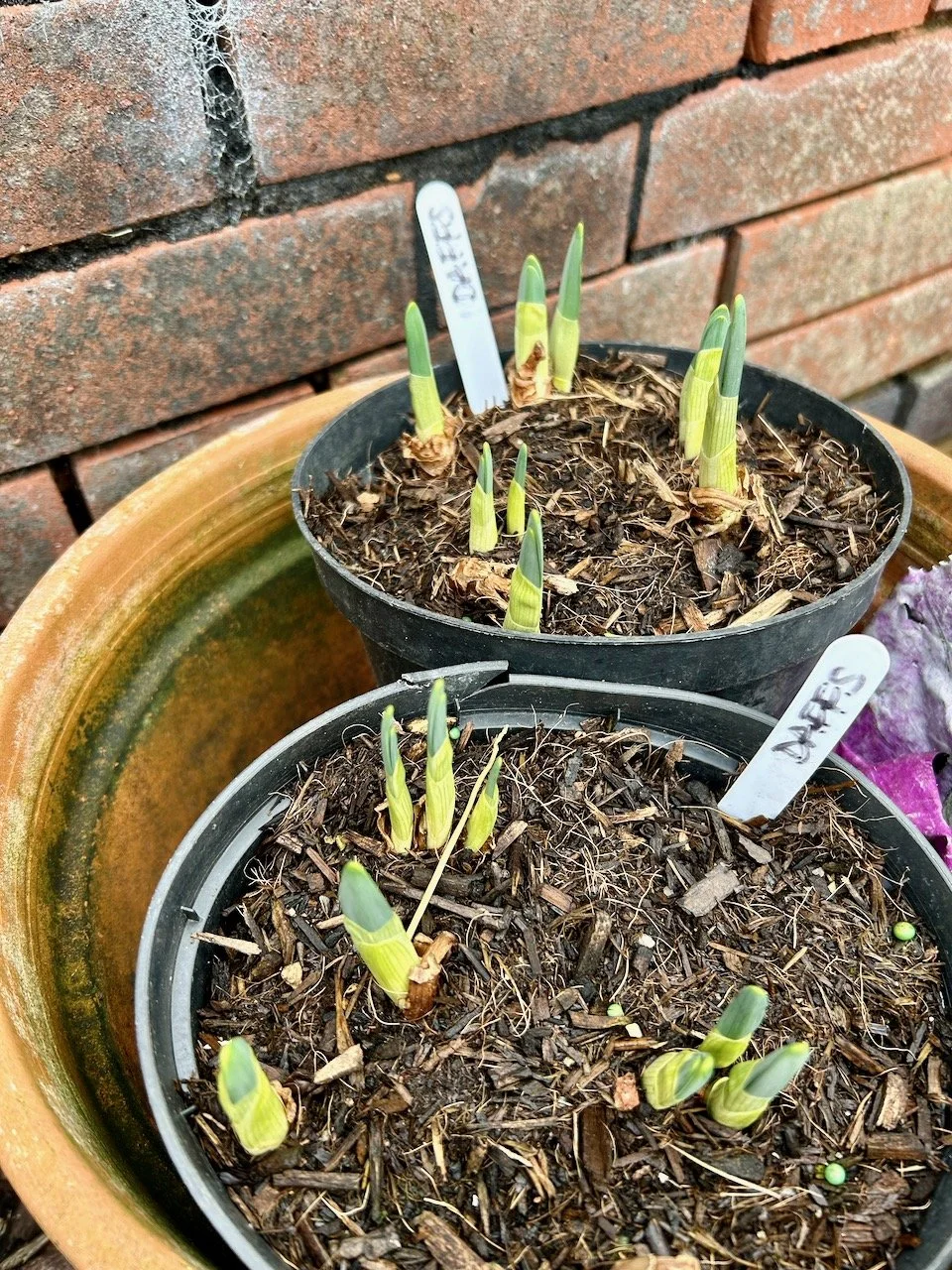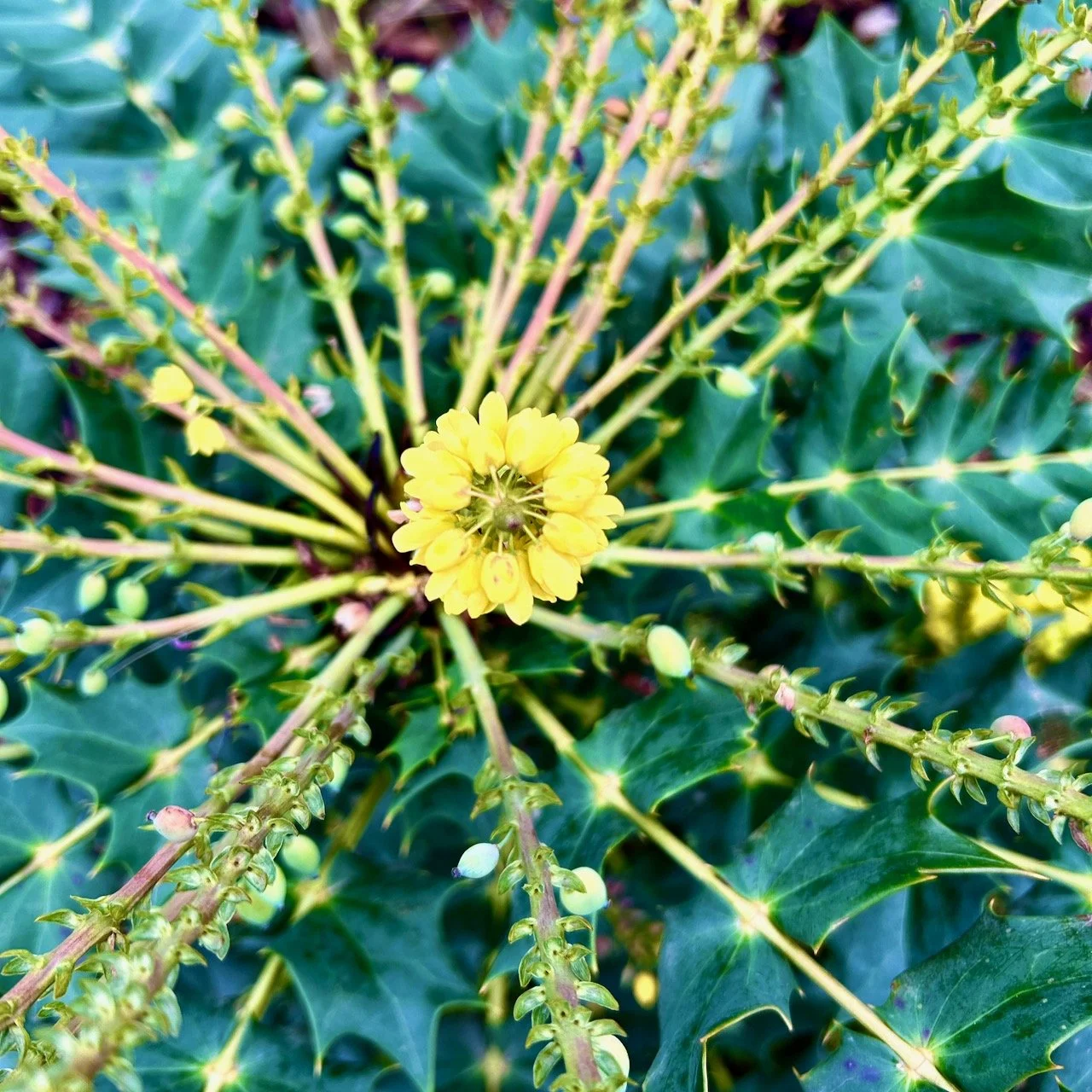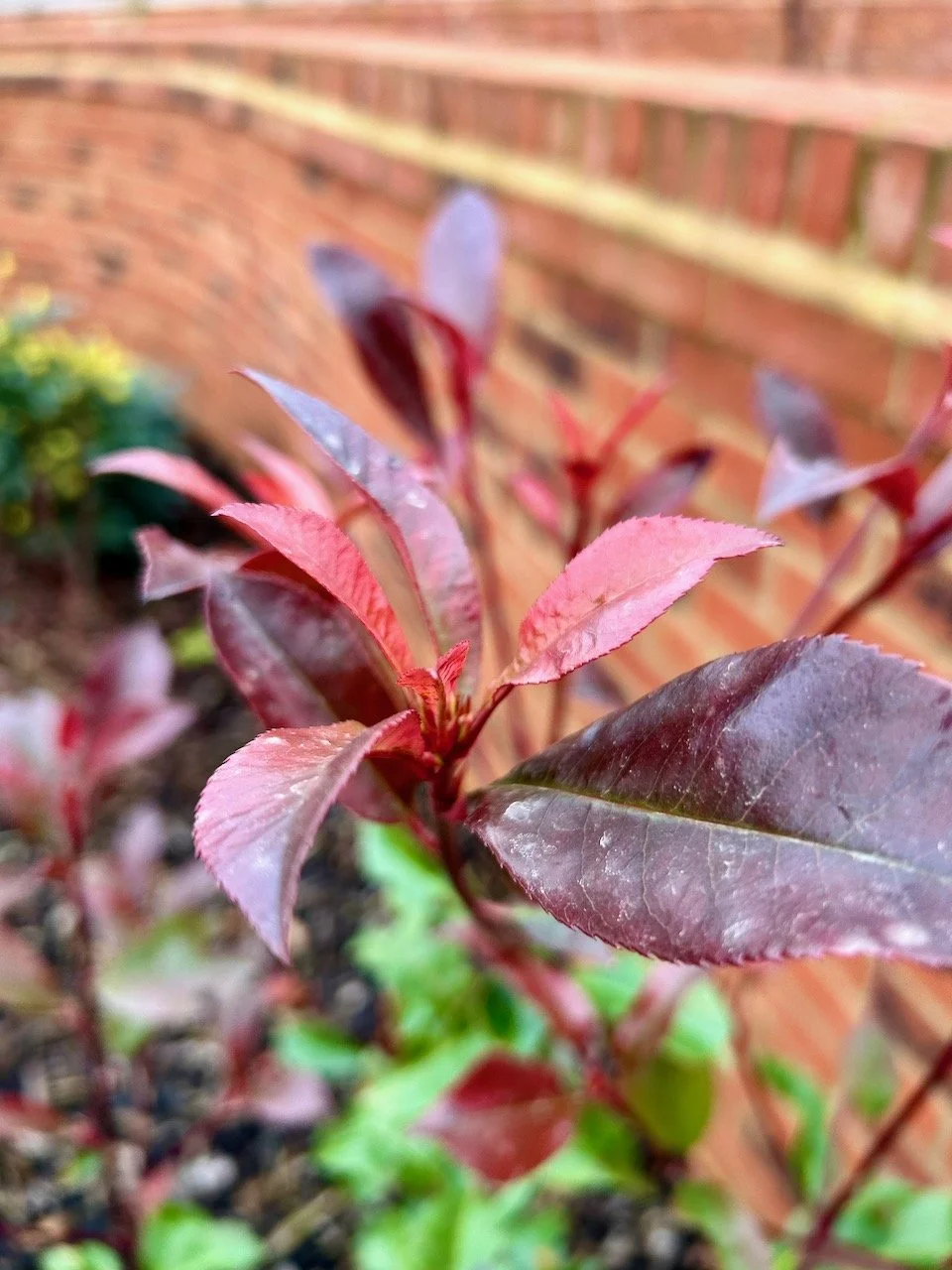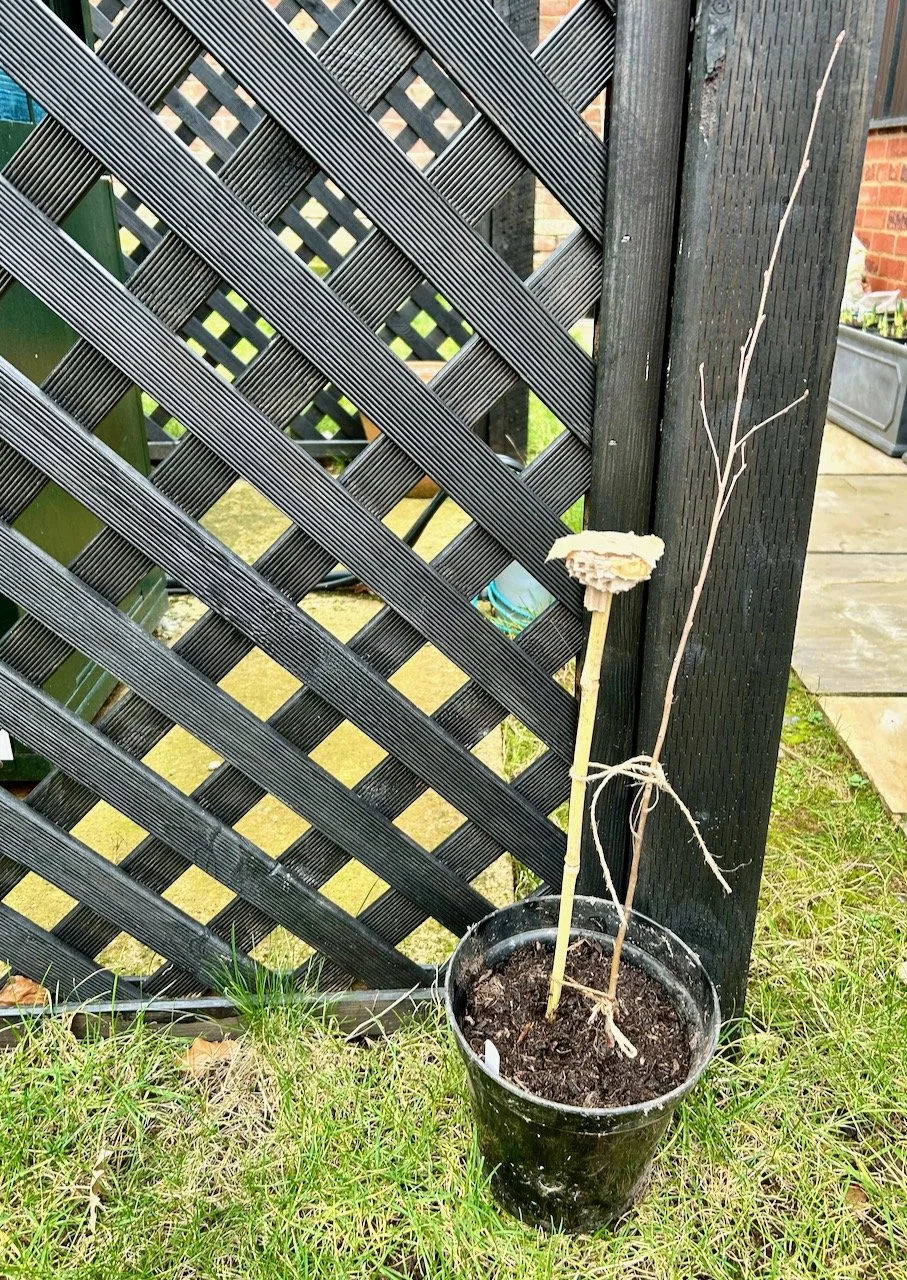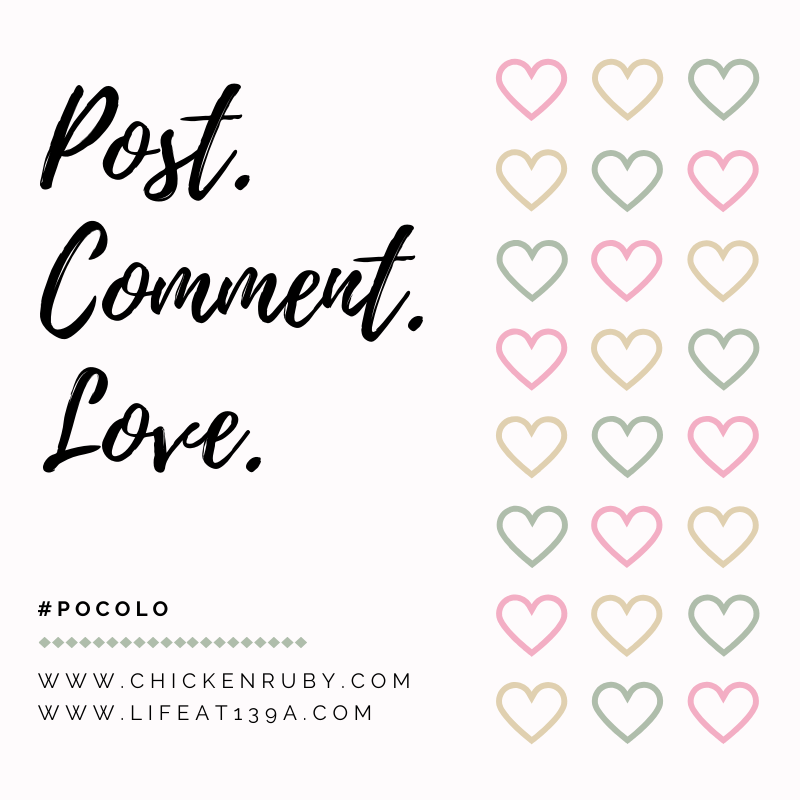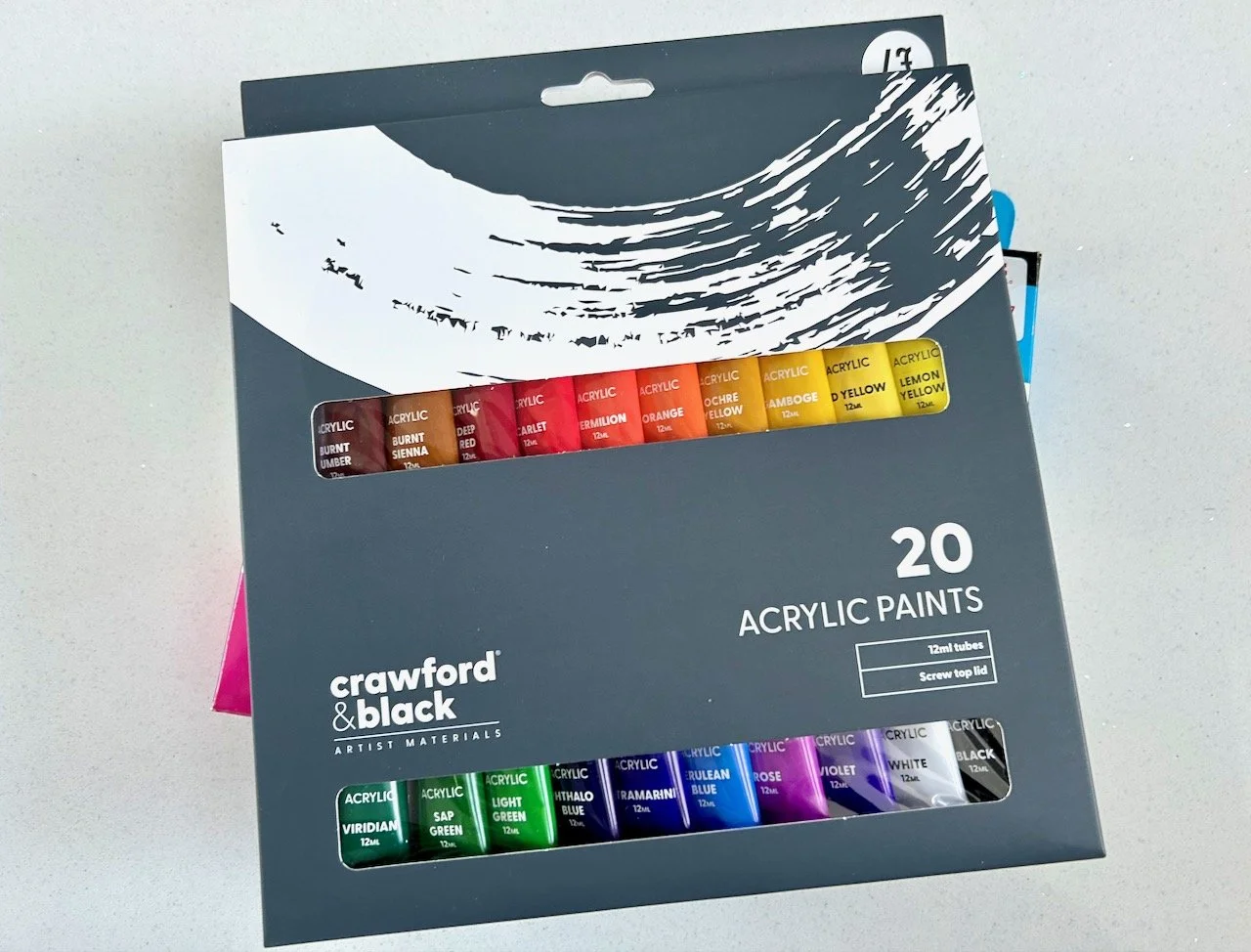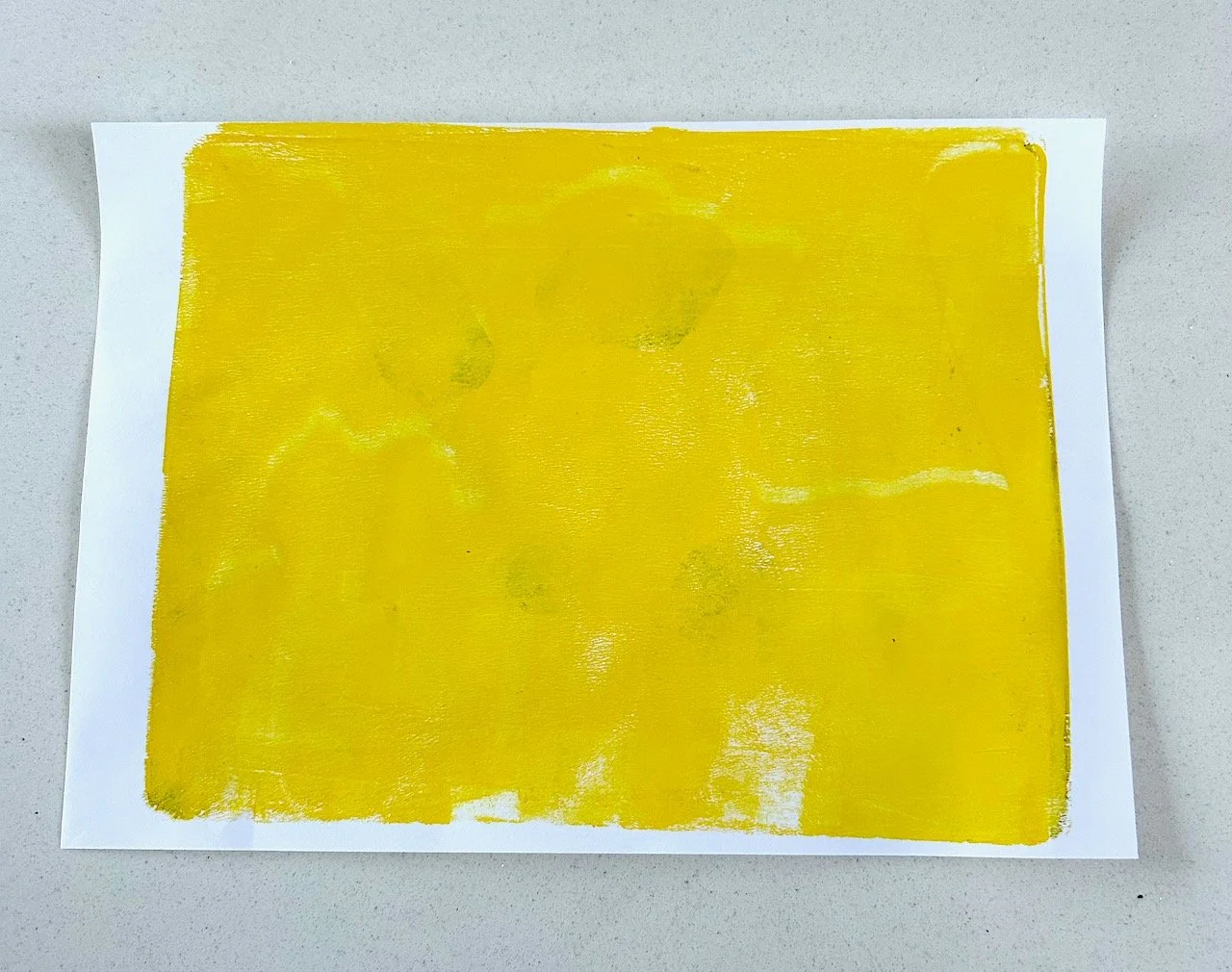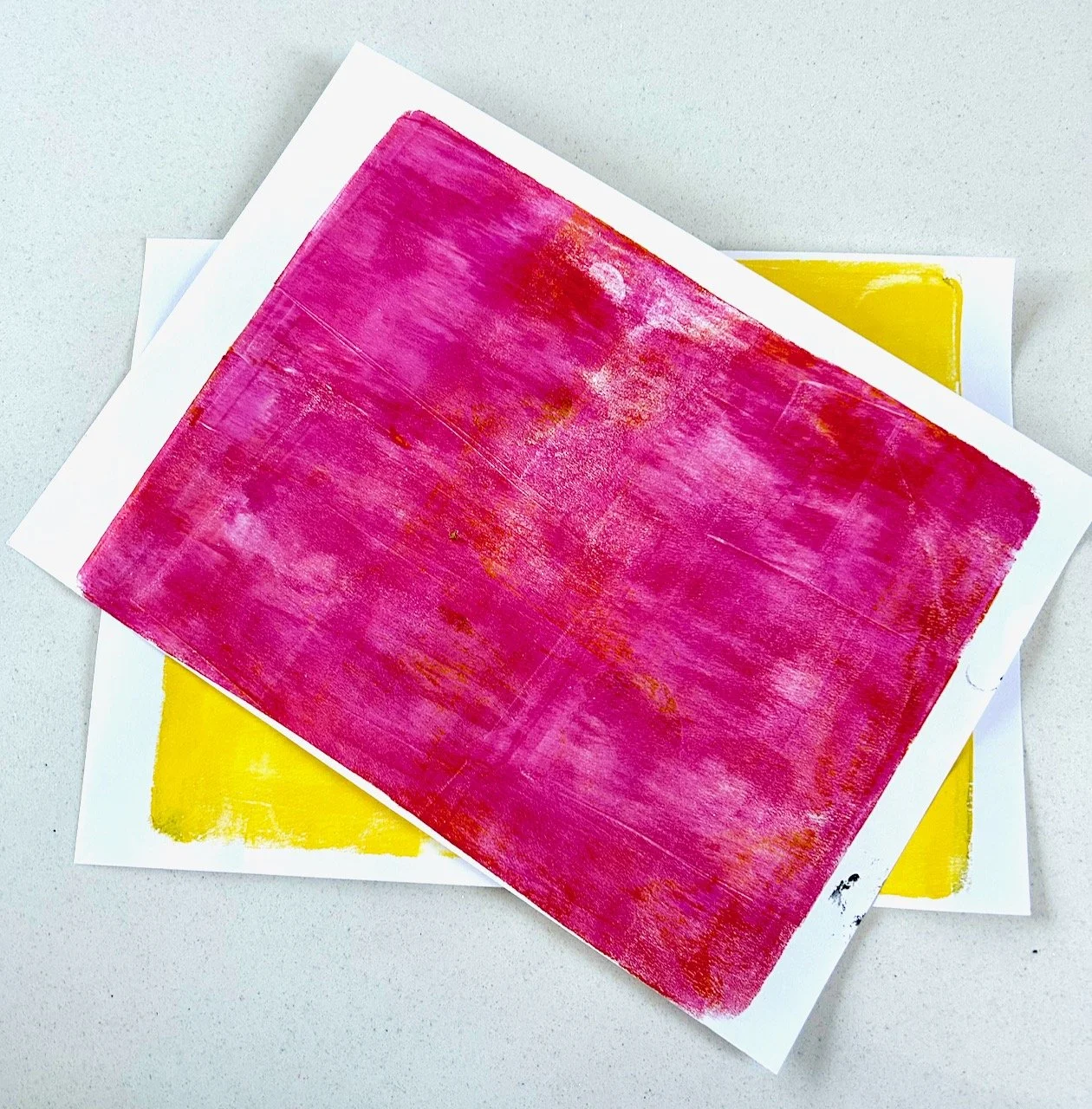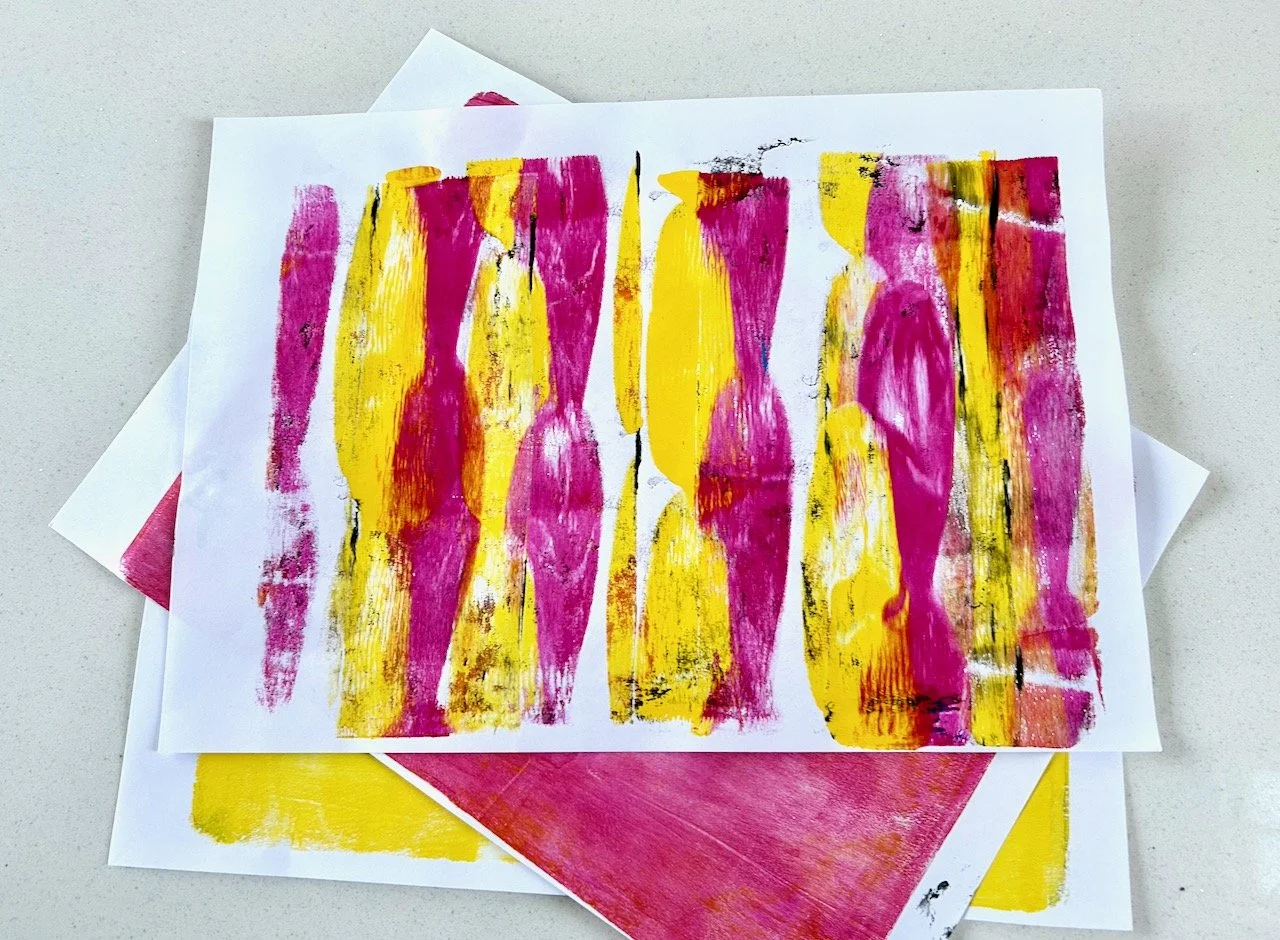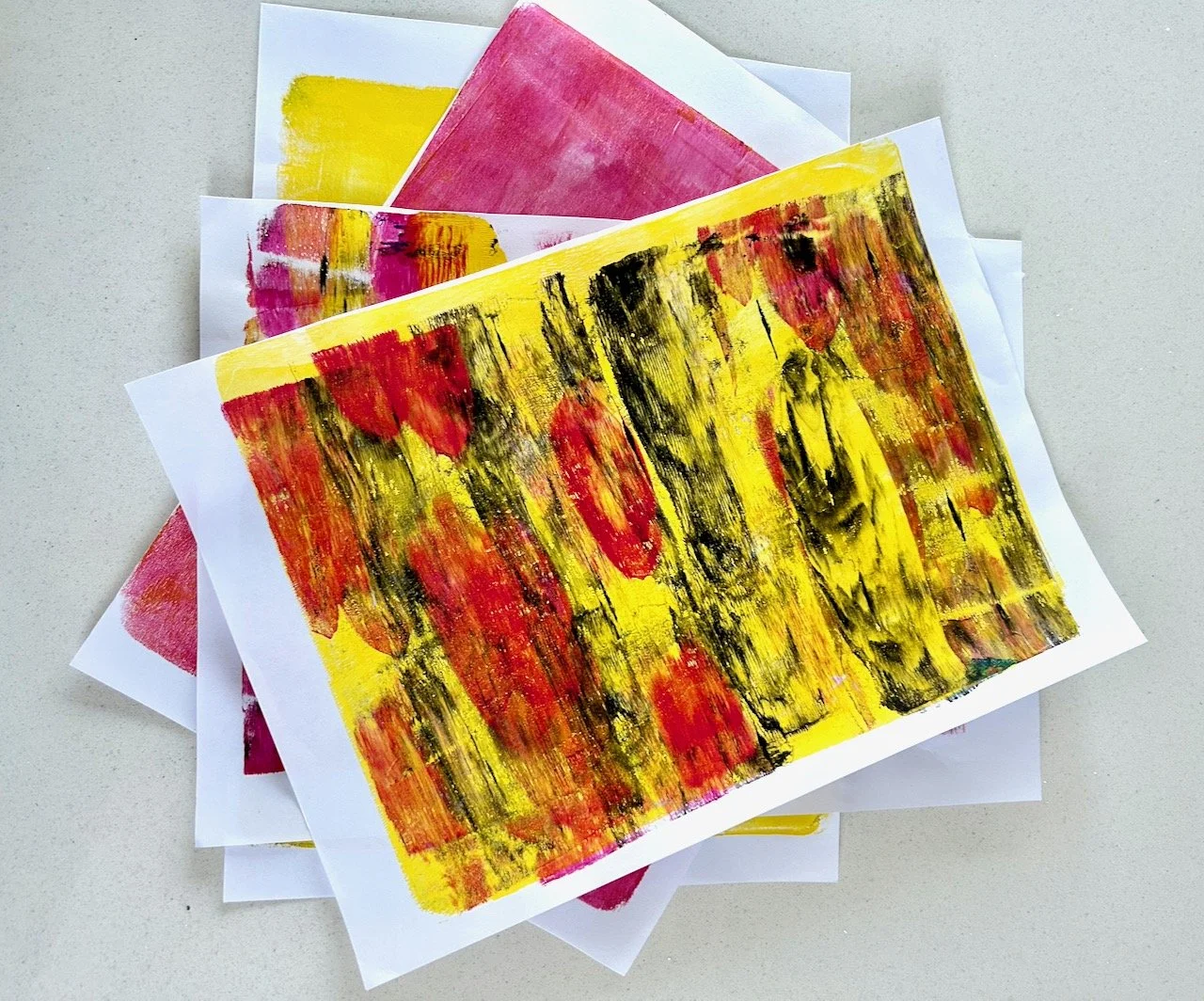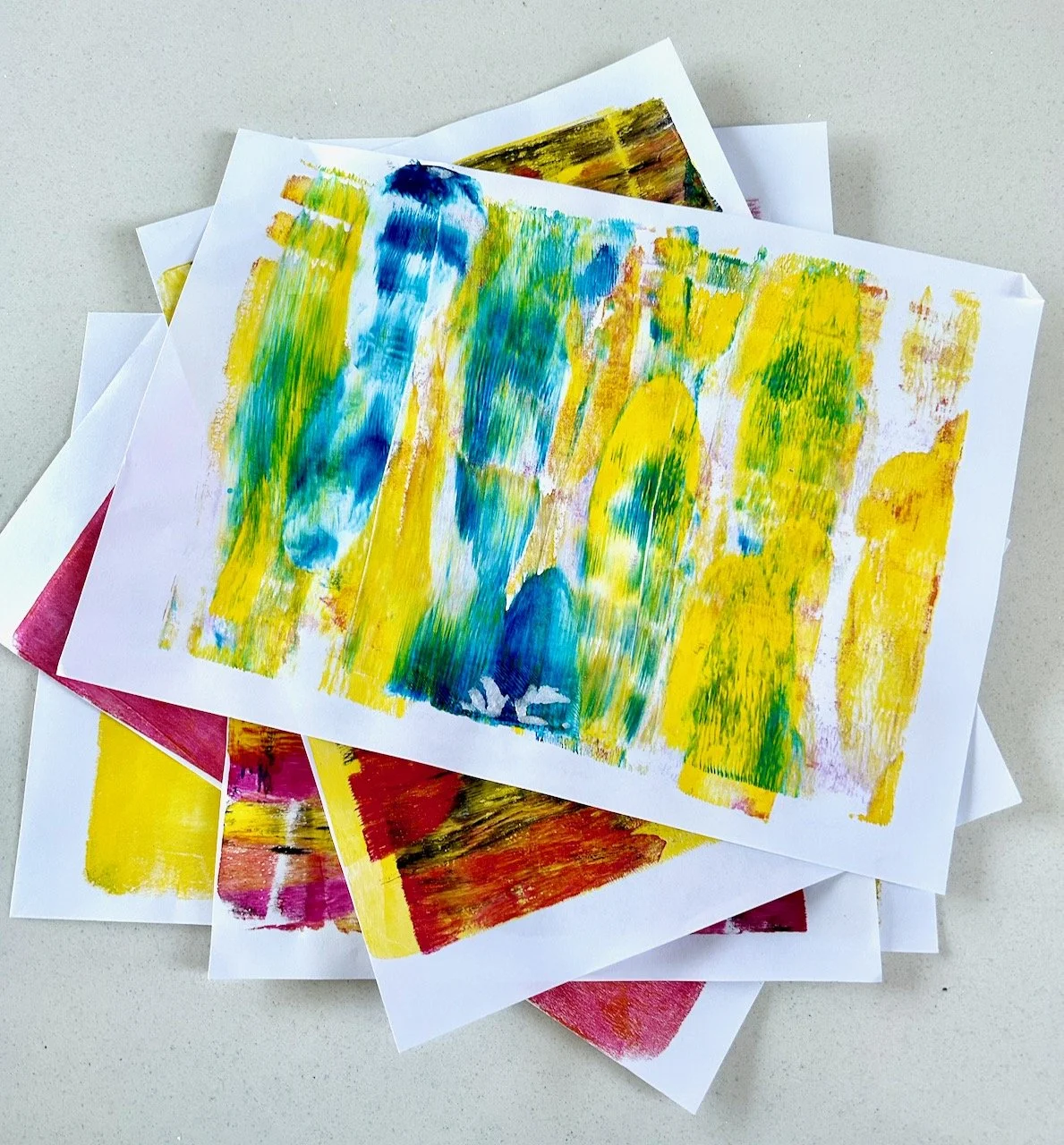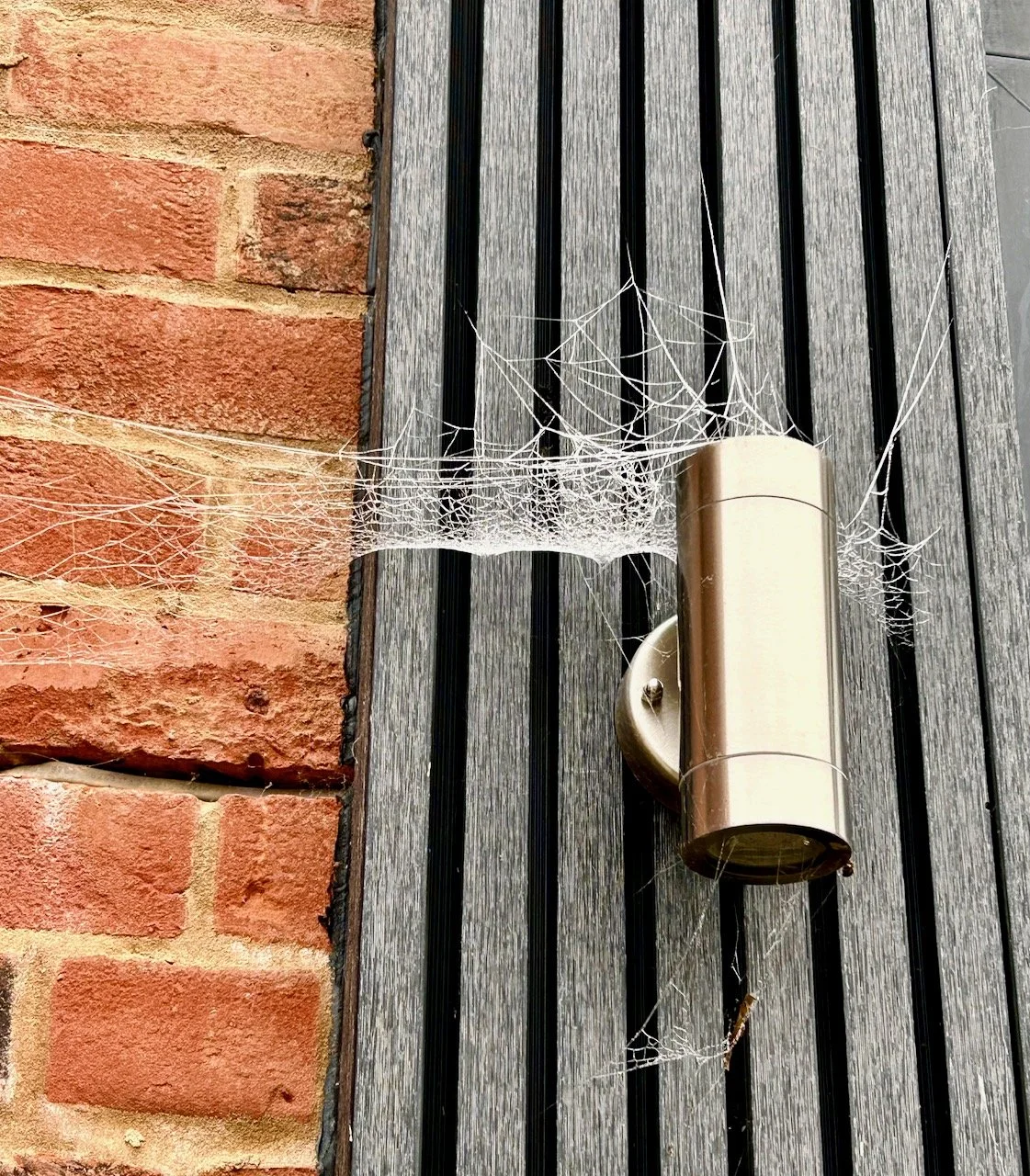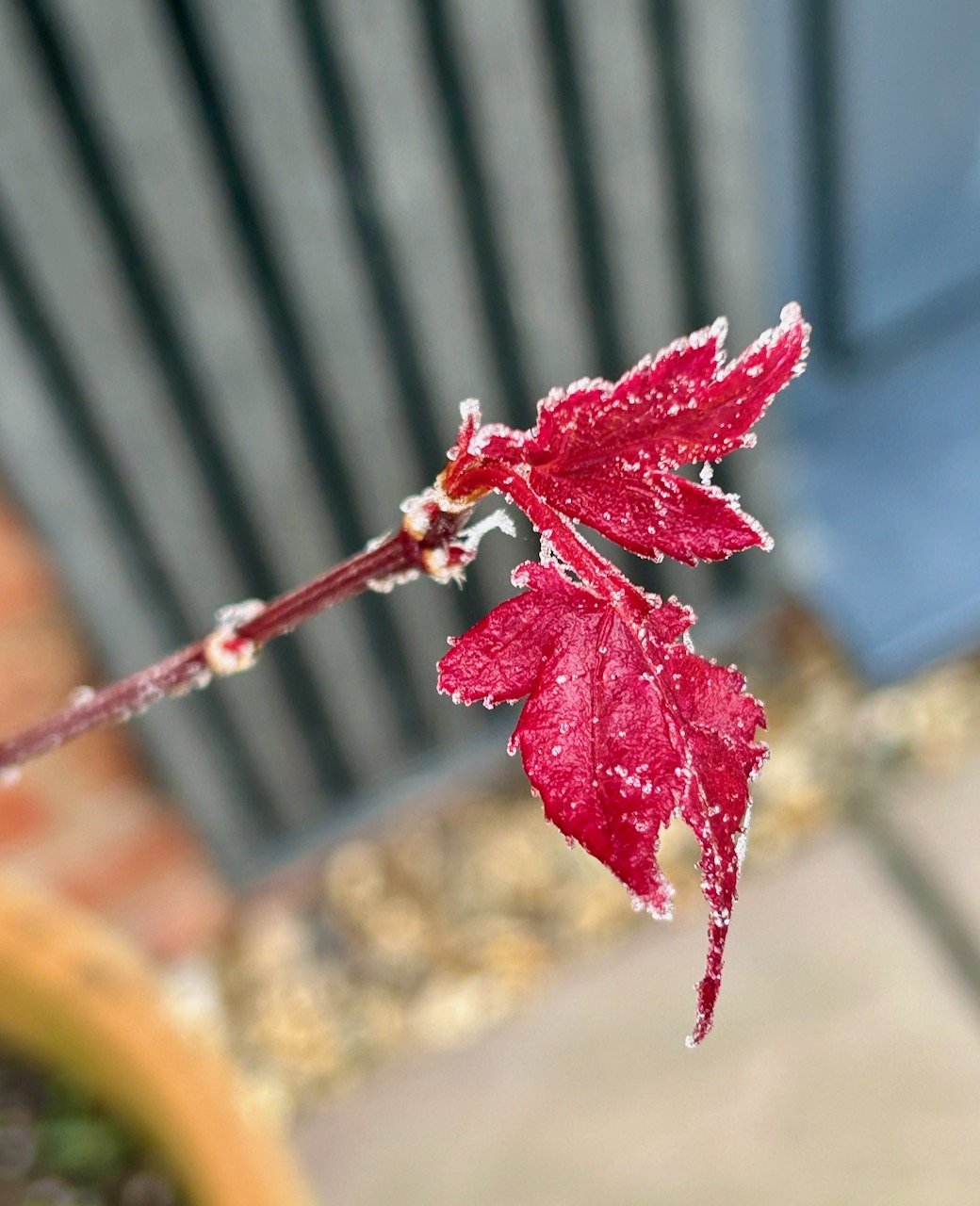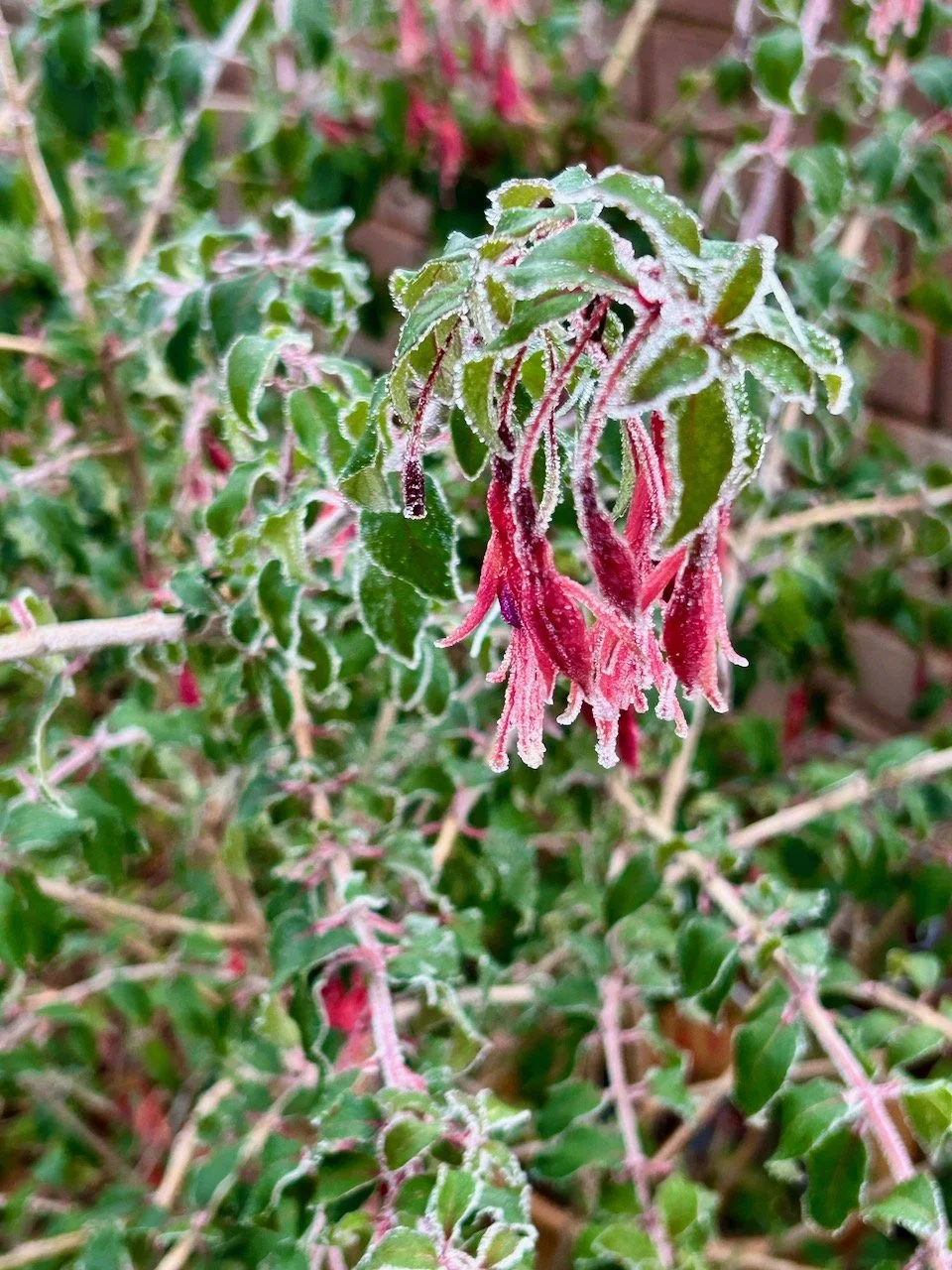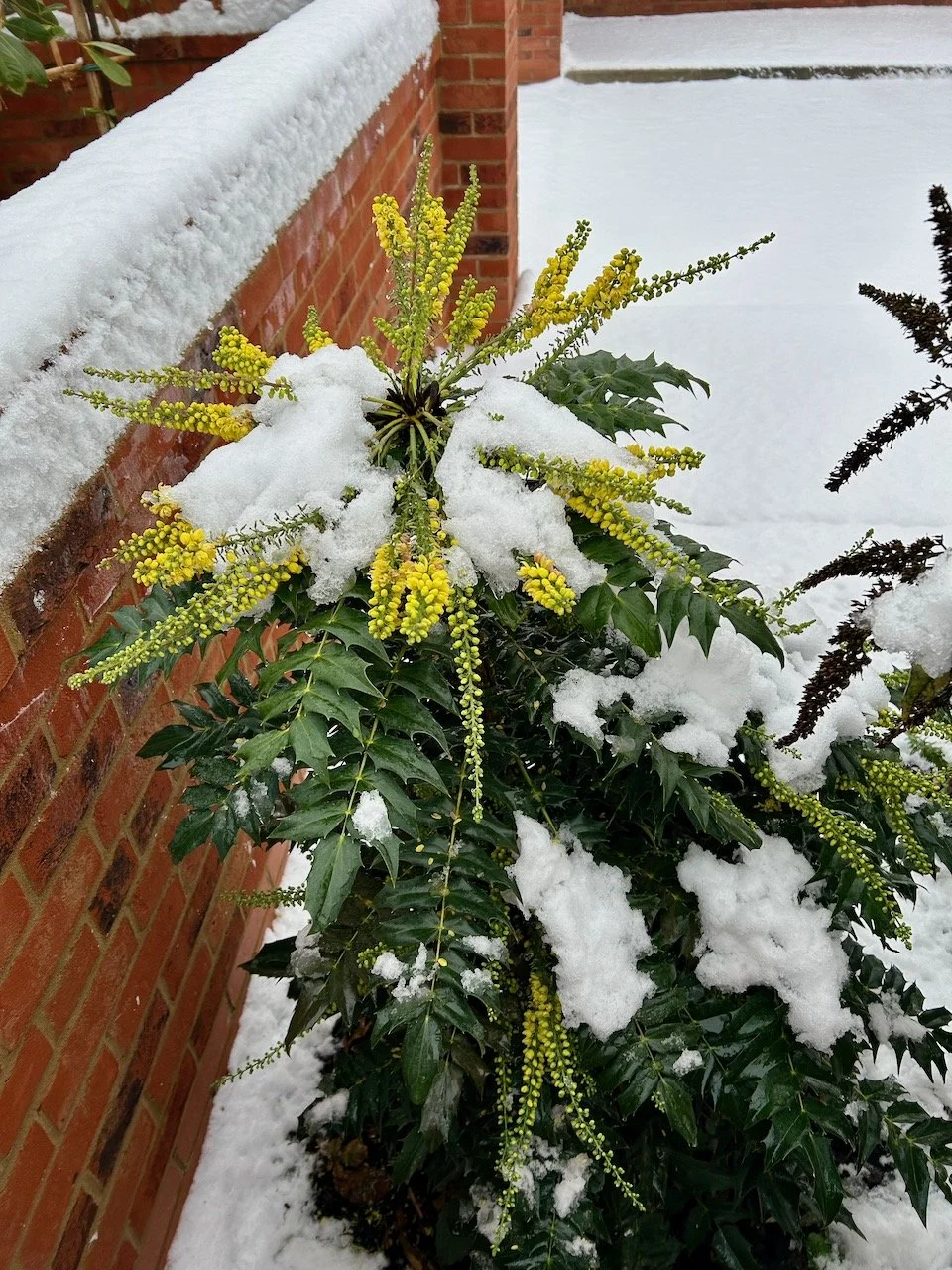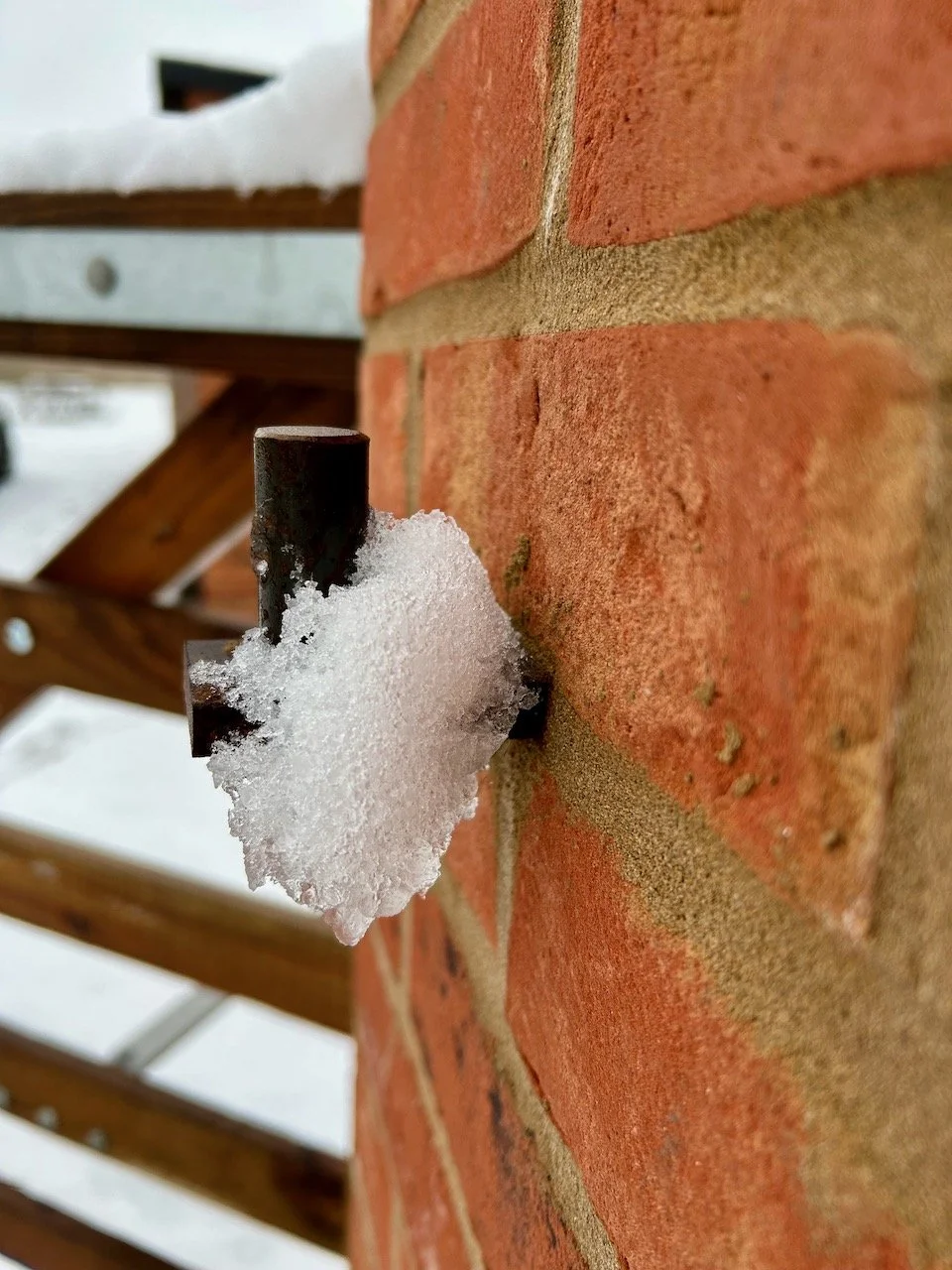It’s been interesting to see what’s happened in our new garden this past month, as I said in December’s update I have more pictures than perhaps I’d normally have at this time of year. That’s because I’m keen to learn, record and share what the garden has in store for us. Though, it’s still January and it’s been pretty chilly, and wet and I only managed to get out into the gardening once, and that was on the penultimate day of the month!
But early in the month it was good to spot this colour from the hebe, the purple leaves as well as the vivid purple flowers - what a treat in what can be a pretty dreary month, and a month that’s not my favourite.
That said, the euphorbias we brought with us from our London garden seem happy enough. They are still contained in the pot they moved in, and I’m not sure yet where - or when - I’ll unleash them. They multiply a lot, and are already spreading in the pot, so I’ll need to remember that.
In December I finally got around to potting up some daffodils, and so it’s great to see them pushing their way through the soil. The ones I didn’t get around to planting also sprouted and have gone a little bit awry without the soil. They too have now been potted up, though I’ve needed to be gentle so they don’t break - I’m hopeful they will continue to grow, as they’ve been pretty resilient so far.
There’s plenty of plants in the border near the garage, and the elephant ears above are doing really well. When the weather, and ground, is a bit warmer I need to plant the elephant ears we brought with us alongside one of them which is doing less well.
One thing that’s quite different from our previous garden is the amount of bird visitors, we have far fewer here. In London we had robins, blue tits, great tits and plenty of pigeons, as well as a blackbird or two. Here, when we first moved in there were a couple of wagtails, and we’ve seen a robin occasionally. We’ve also seen a blackbird a couple of times, hanging around the crab apple tree no doubt looking for food.
The two days after the RSPB Big Garden Birdwatch we had a crow visit around the same time of day, but nothing any more regular. In an attempt to look attractive to smaller birds, and encourage that robin we’ve bought a hanging bird feeder and filled that with fat balls. We need to get something that the blackbird will appreciate more though, and work out what that is, where to put it and how to make sure it’s only attractive to the intended species.
But we’ll work that out, though grateful for any advice you have.
The tulips from dad are also poking through the soil, and they’re also in pots so that I can move them into view from the house when they’re flowering. The ones we brought with us are also coming up and it’ll be great to see them again.
It’s good to see how the plants are growing, and I love the pale greeny pink dots that promise flowers to come.
And look how much those daffodils have grown in a month…
The mahonia has changed too, the bright yellow flowers are less prominent but in their place berries with a blueish tinge are starting to form, so it continues to be a plant to watch.
The fresh growth on the red robin tops are living up to their name, and look great as we look out the window. These were a plant on my wish list, so I’m really pleased it’s here already.
January is also the time of year when hellebores start to make their presence known - the one we brought with us, a deep, deep red which came from my FIL’s garden is showing signs of new growth which is a relief as it had looked pretty unwell beforehand. I also spotted that we have one planted, though I’m not sure why the leaves are tinged with grey/black, possibly its been affected by frost, I’m not sure. I don’t know what colour this one will be, but my guess is a greeny cream, though I could be completely wrong - I’ll let you know.
And finally, we have a new tree. It’s small, and has plenty of growing to do. Our council here offer up to two free ‘whips’ for residents, and while we already have five young trees in our new garden we took advantage of this offer with a single silver birch. I’ve put this into a pot to give it the best chance, as where I want to plant this needs a bit of prep work which we haven’t been able to do just yet, but soon hopefully.

